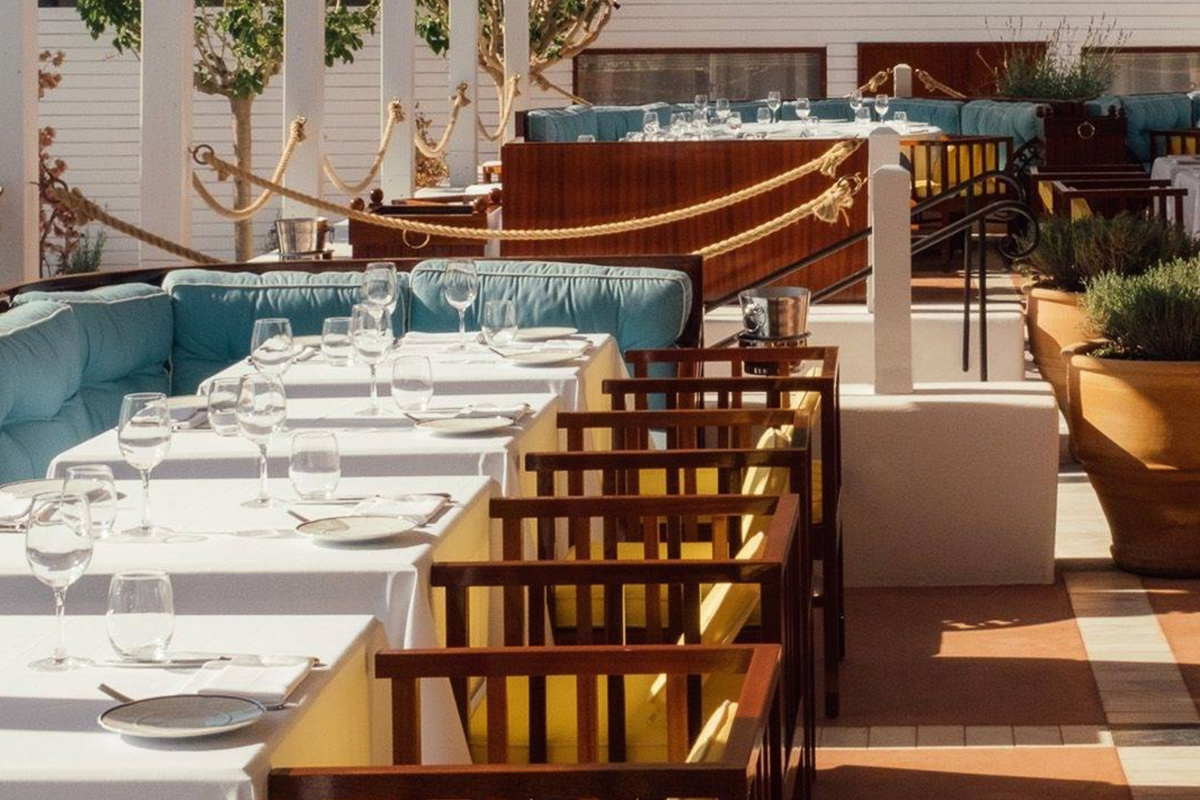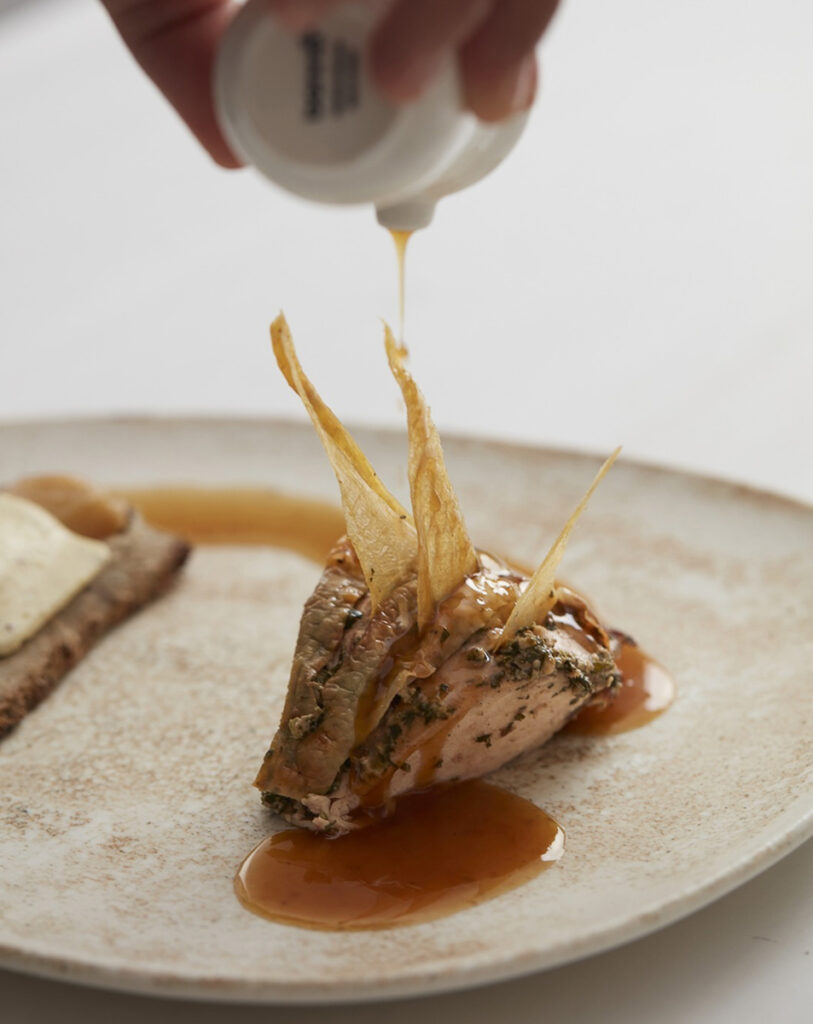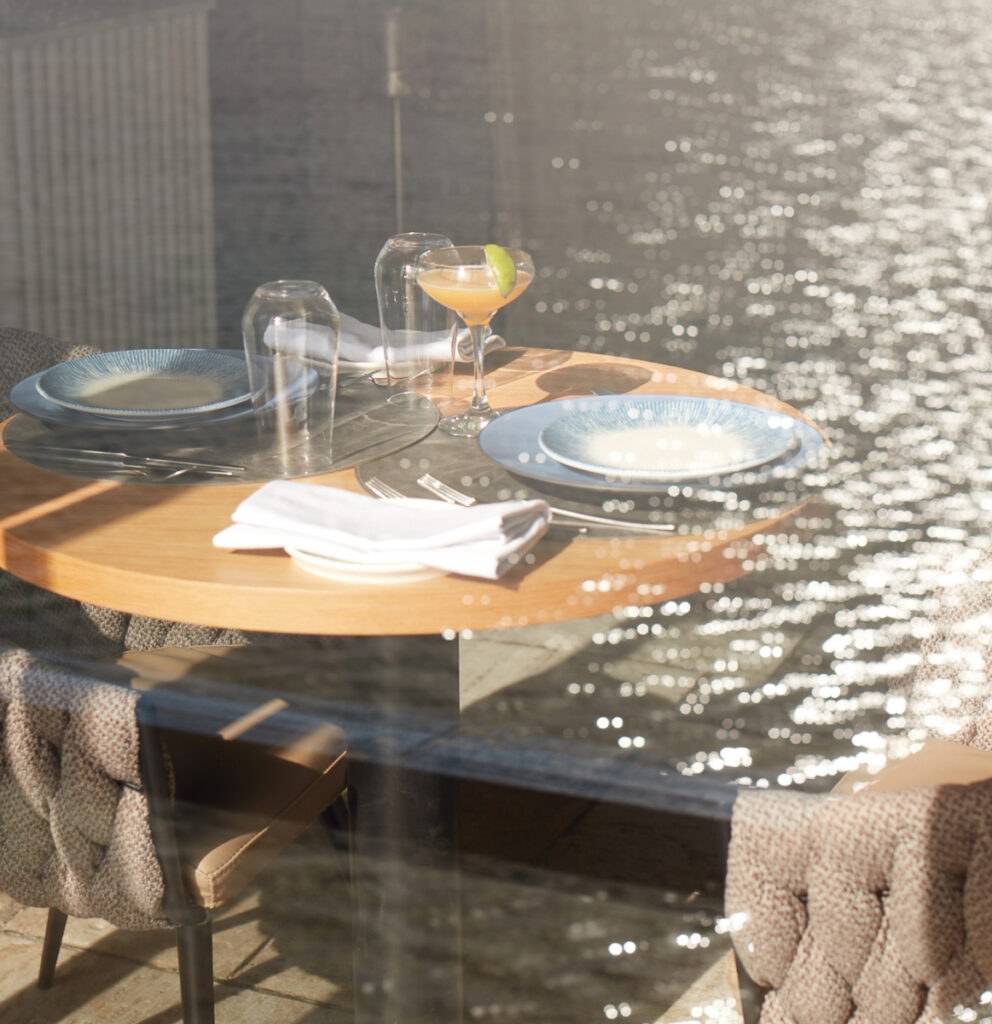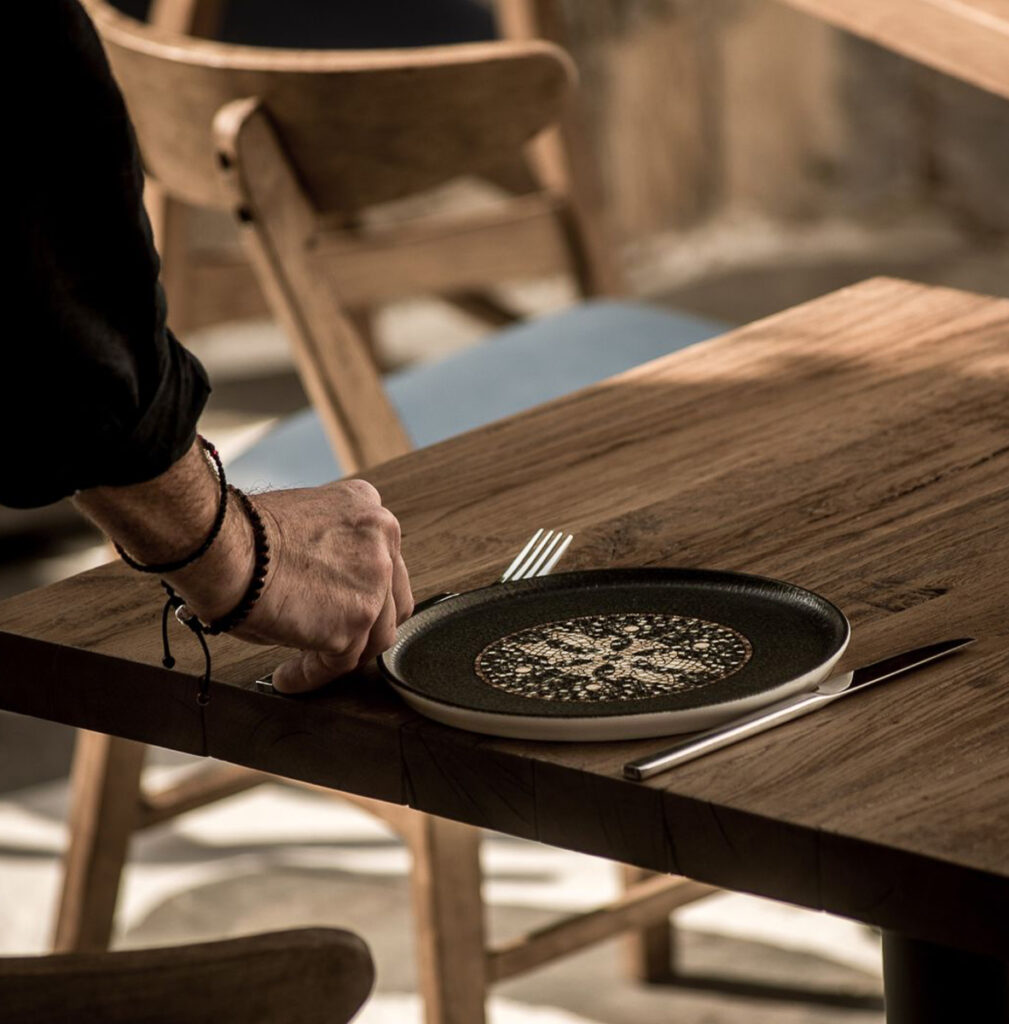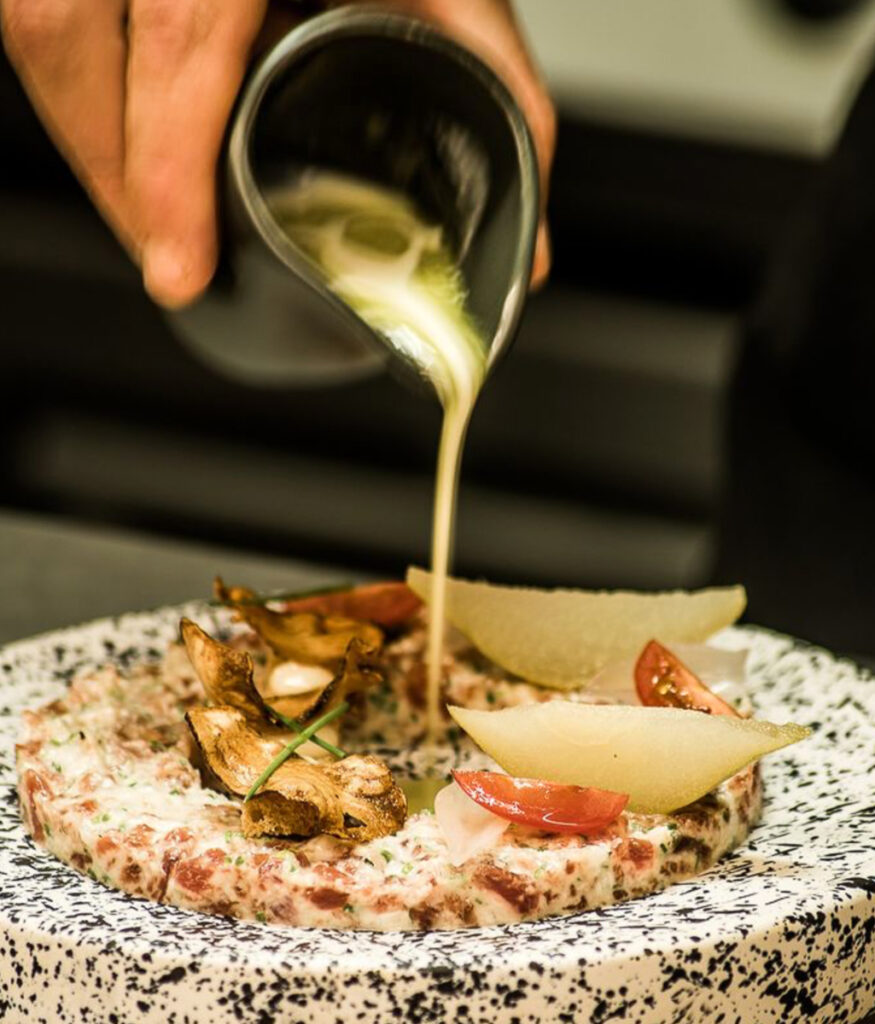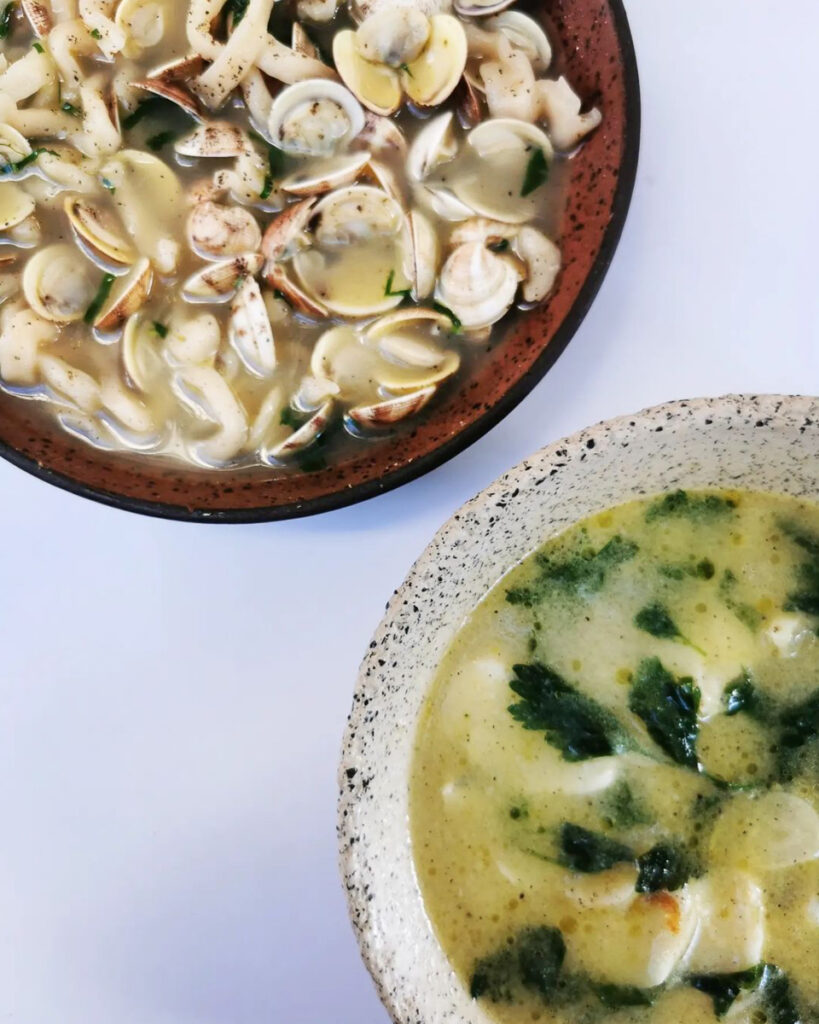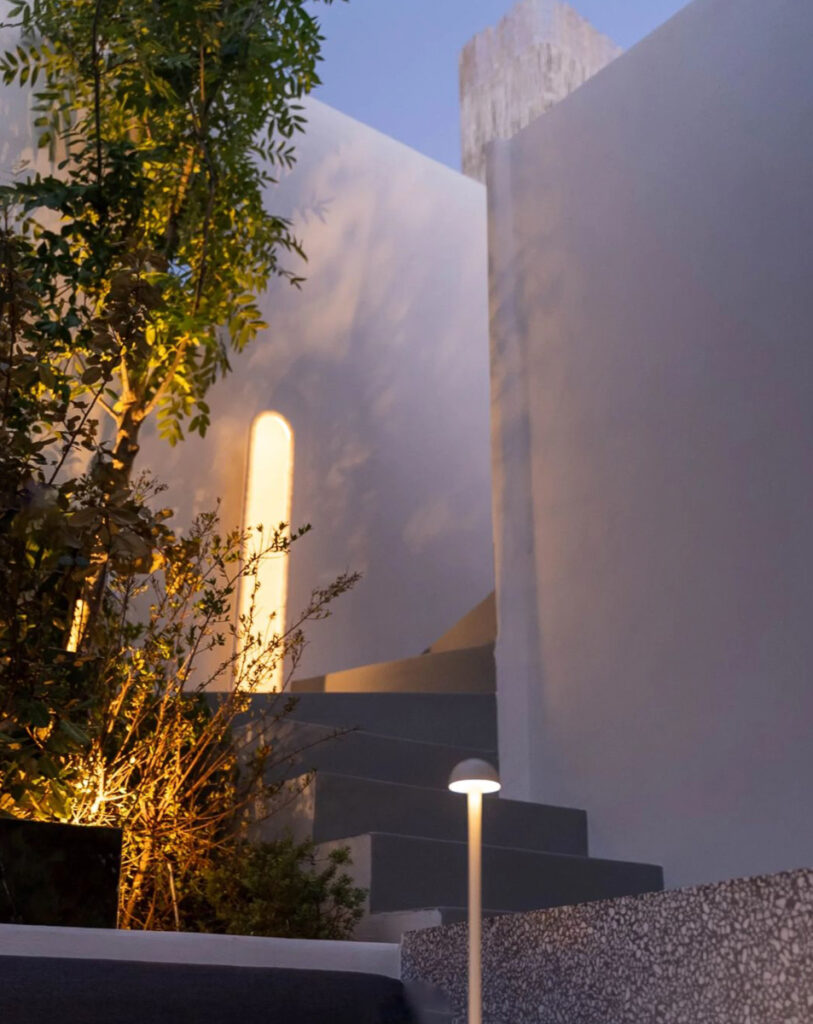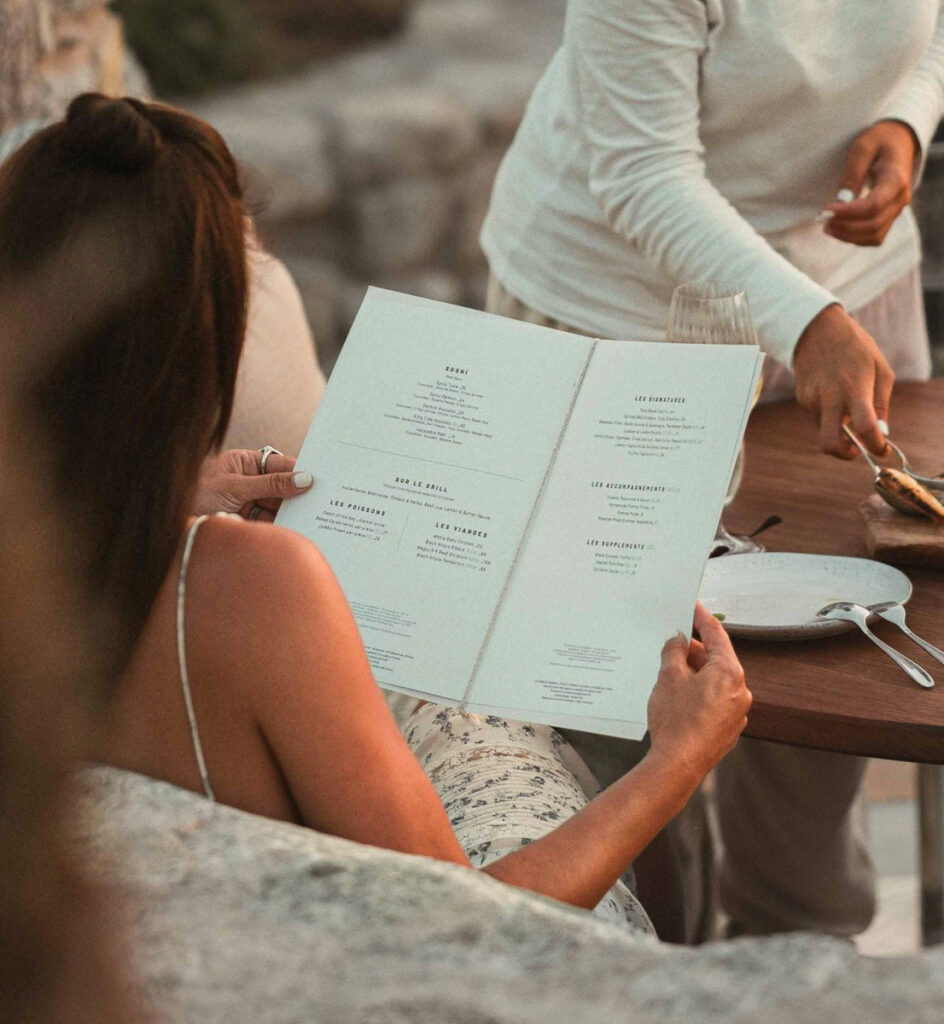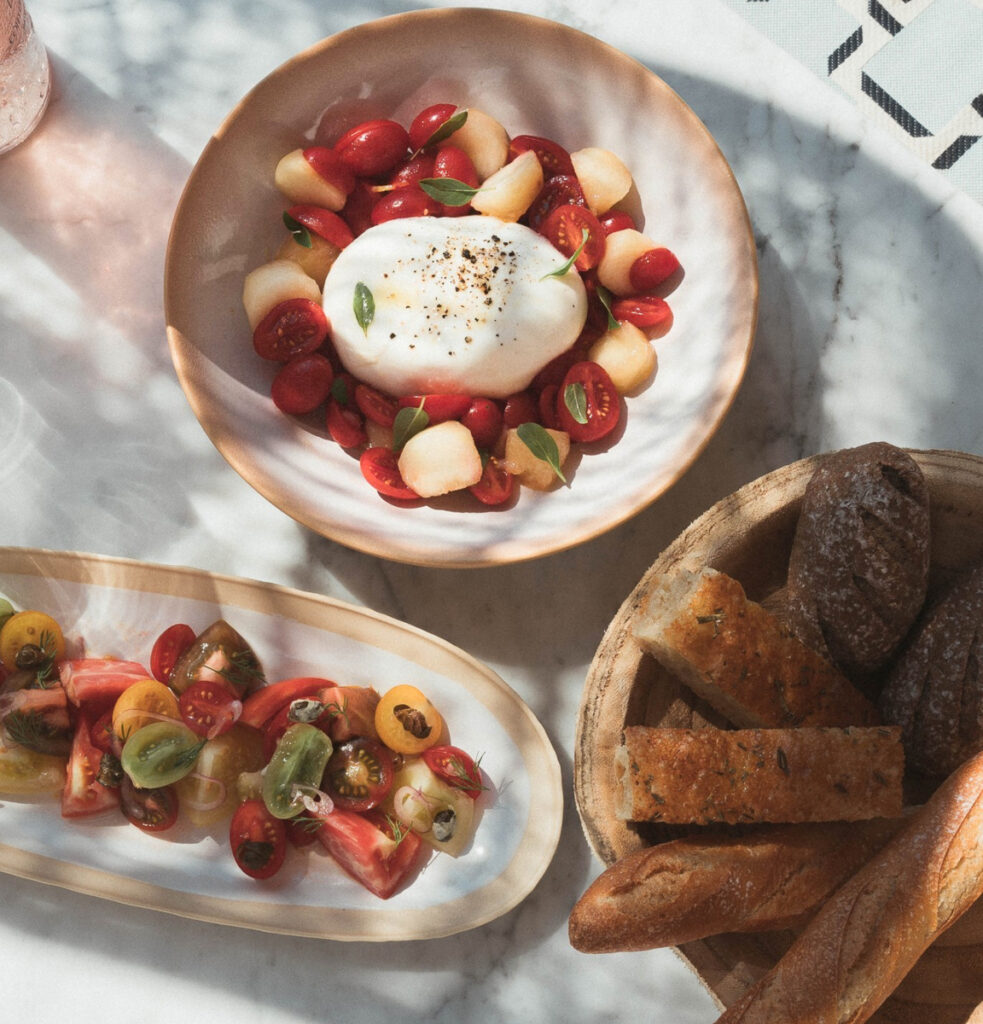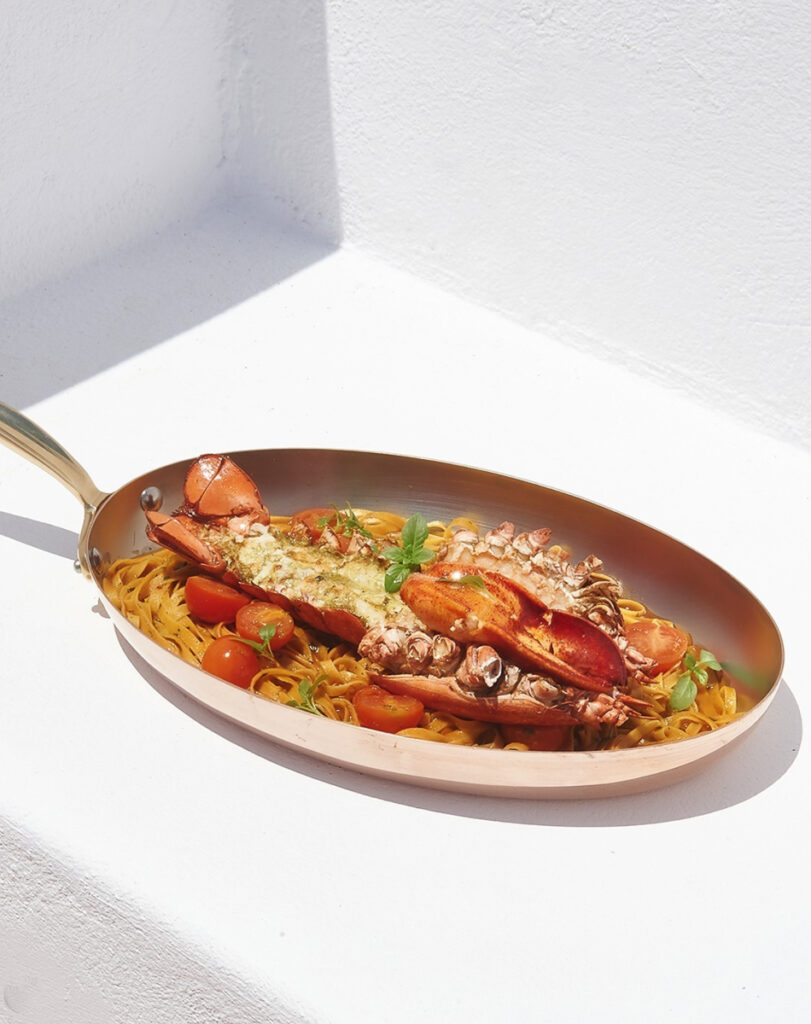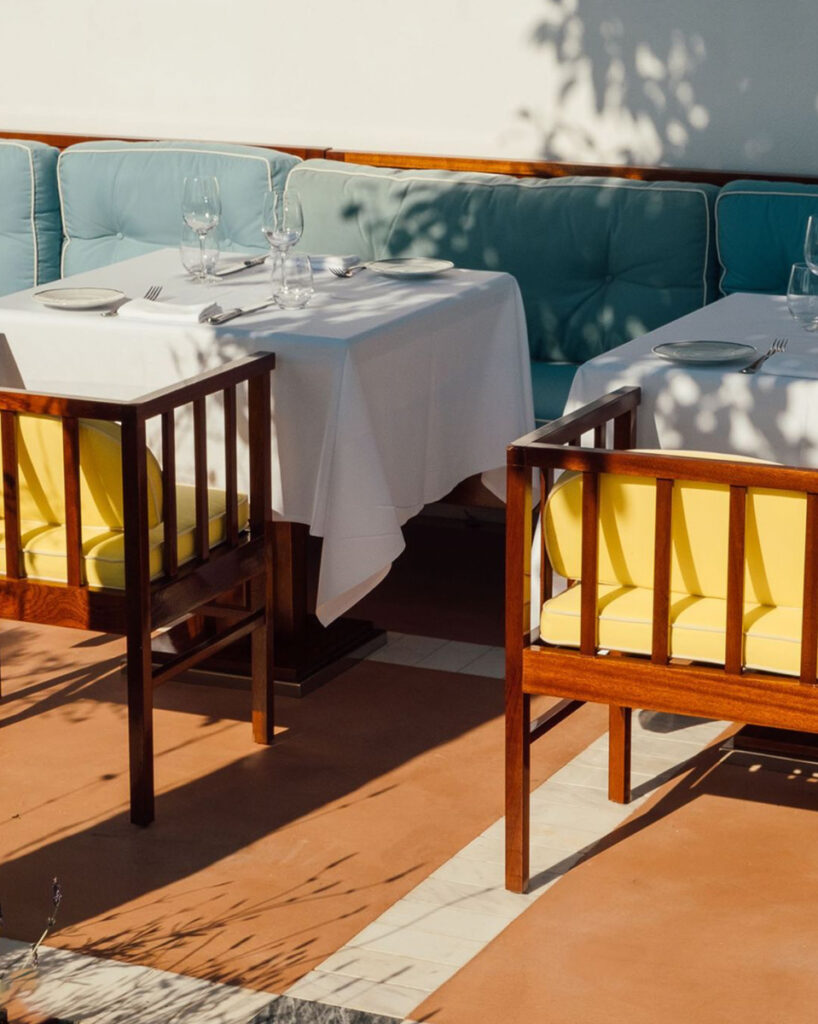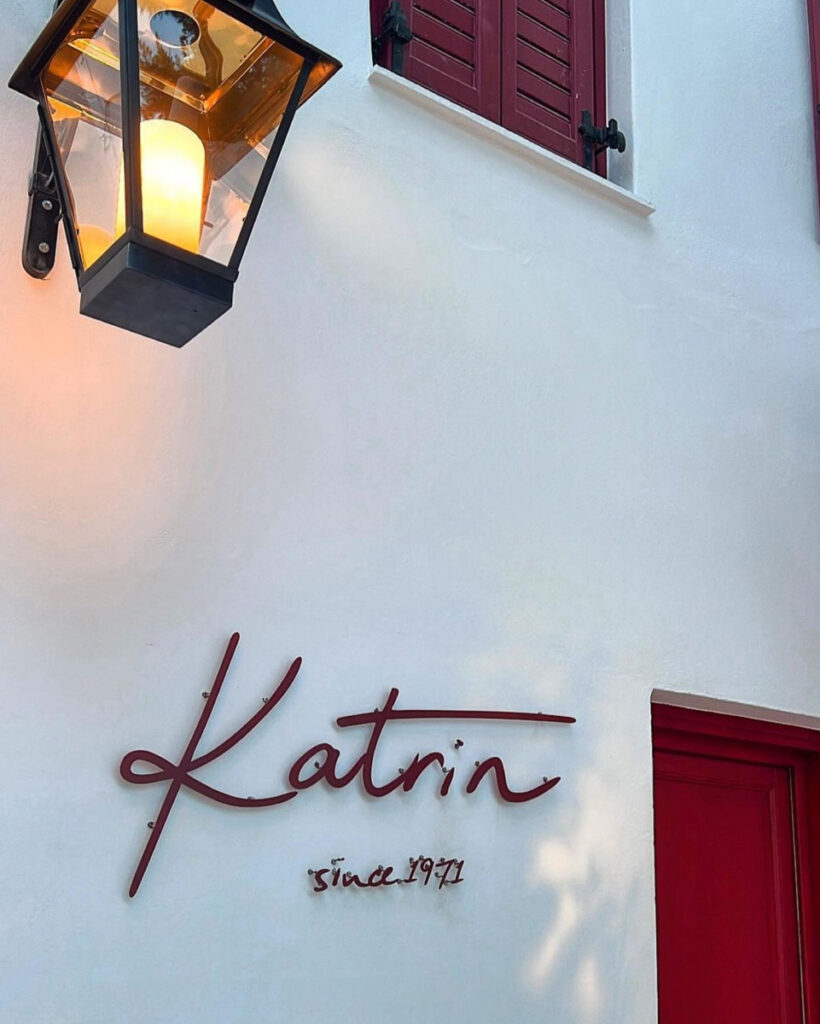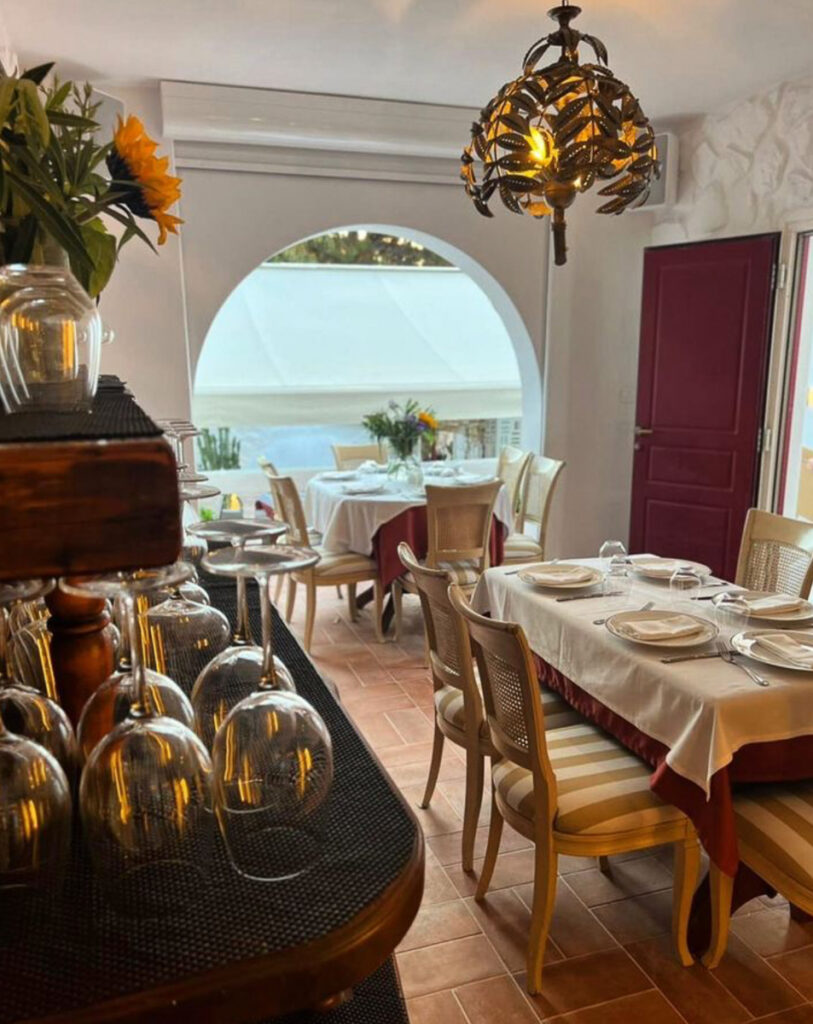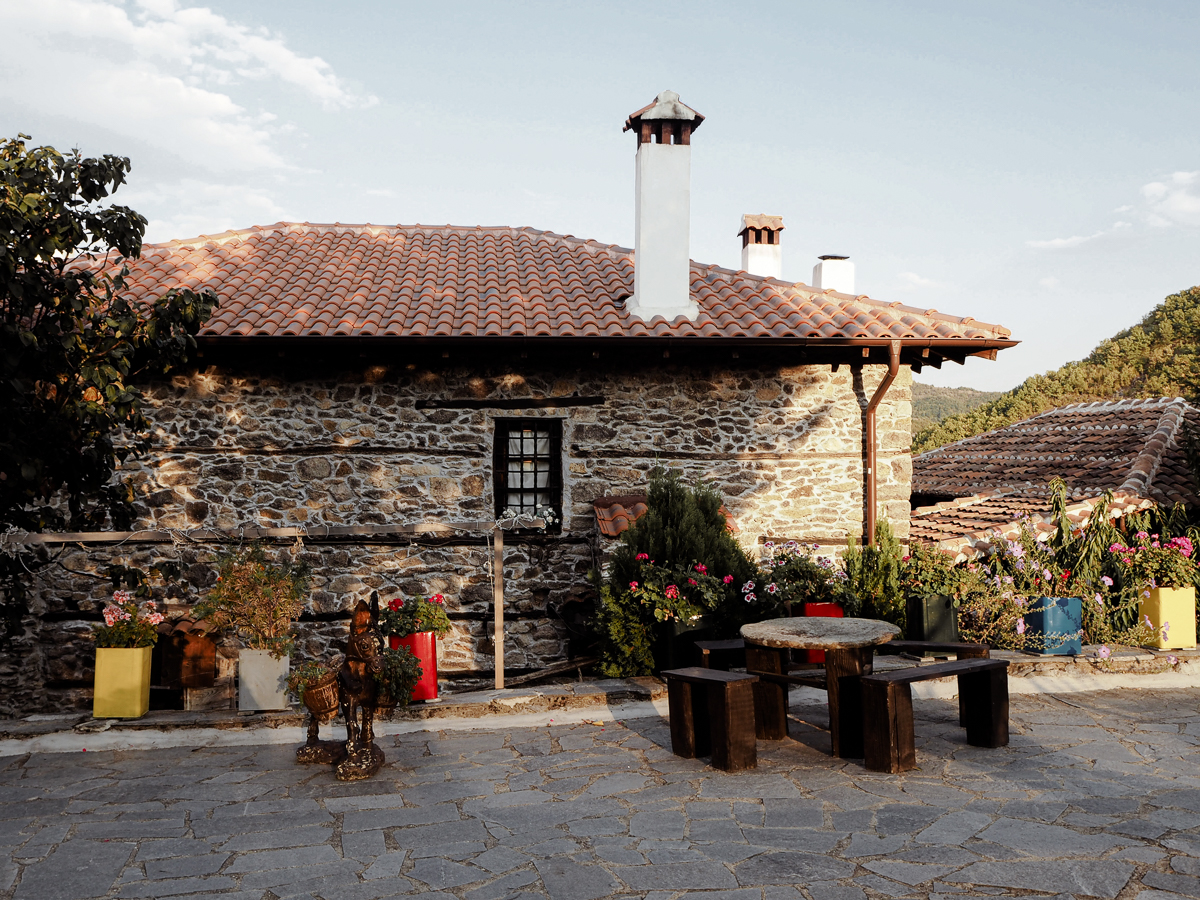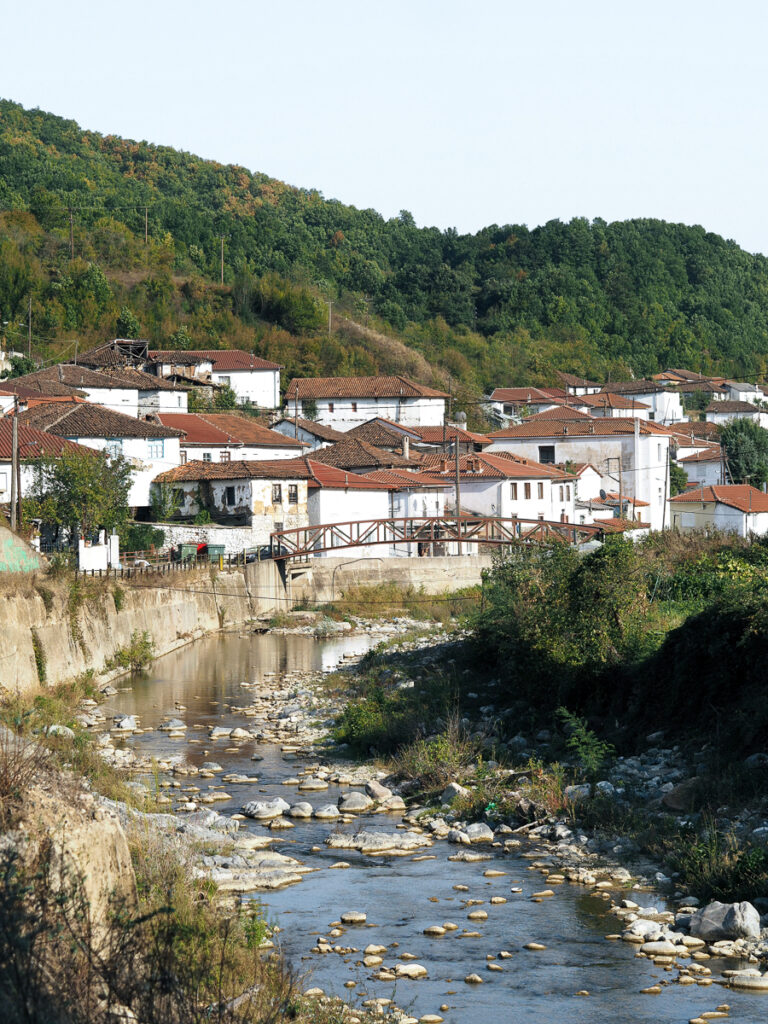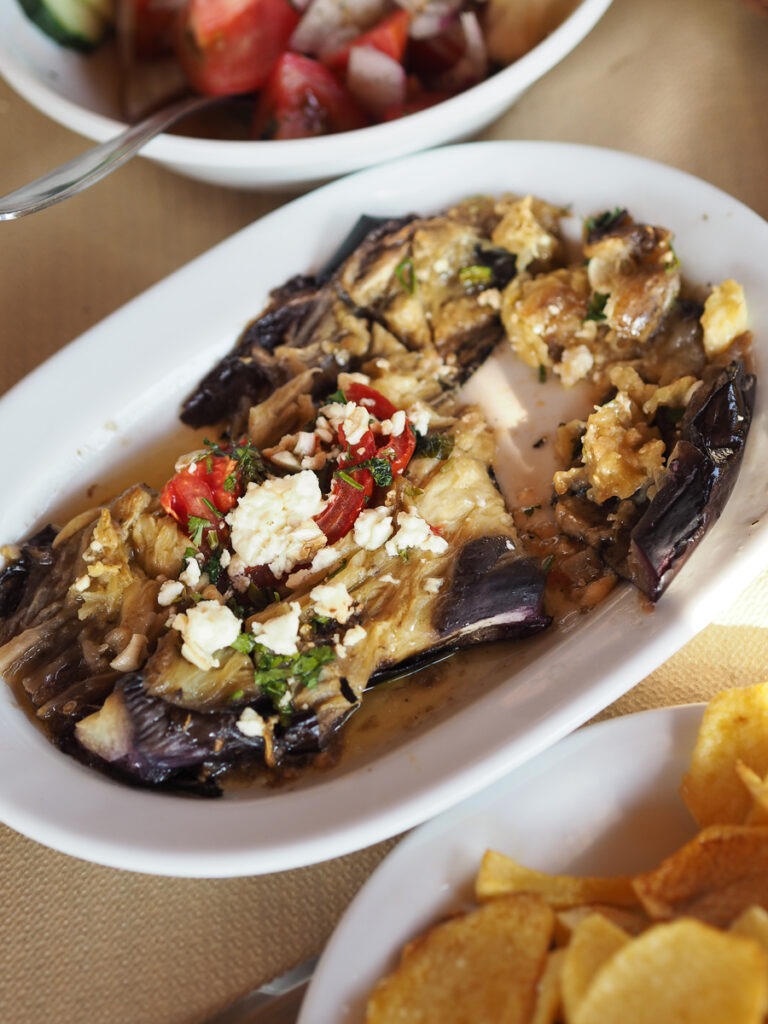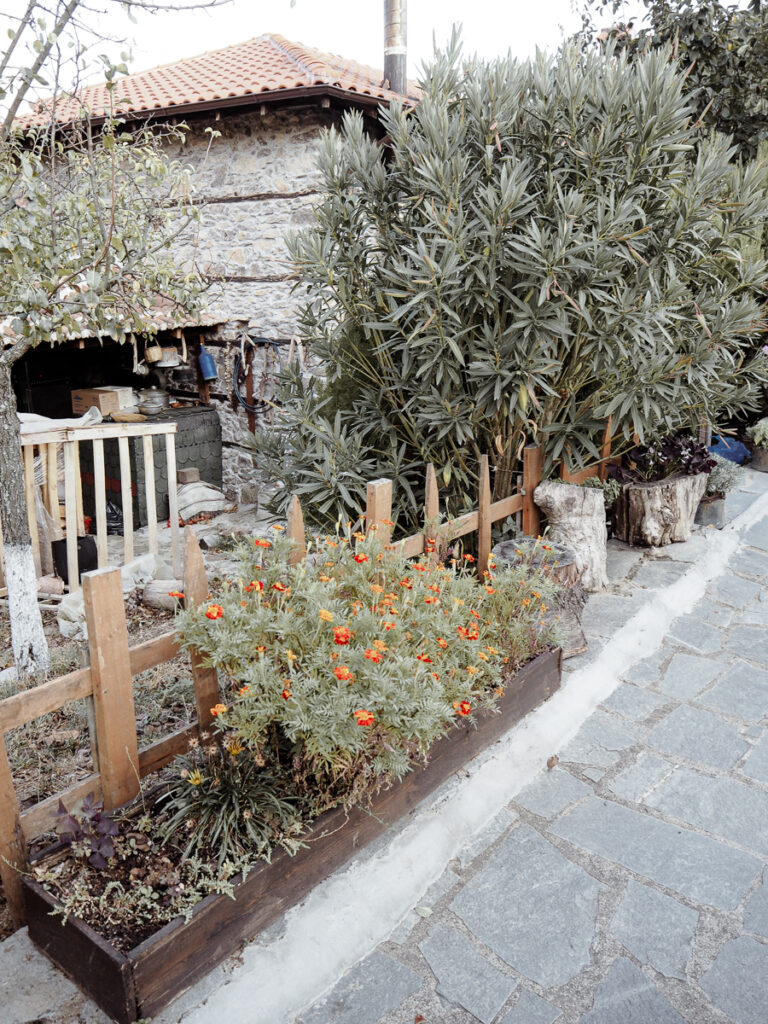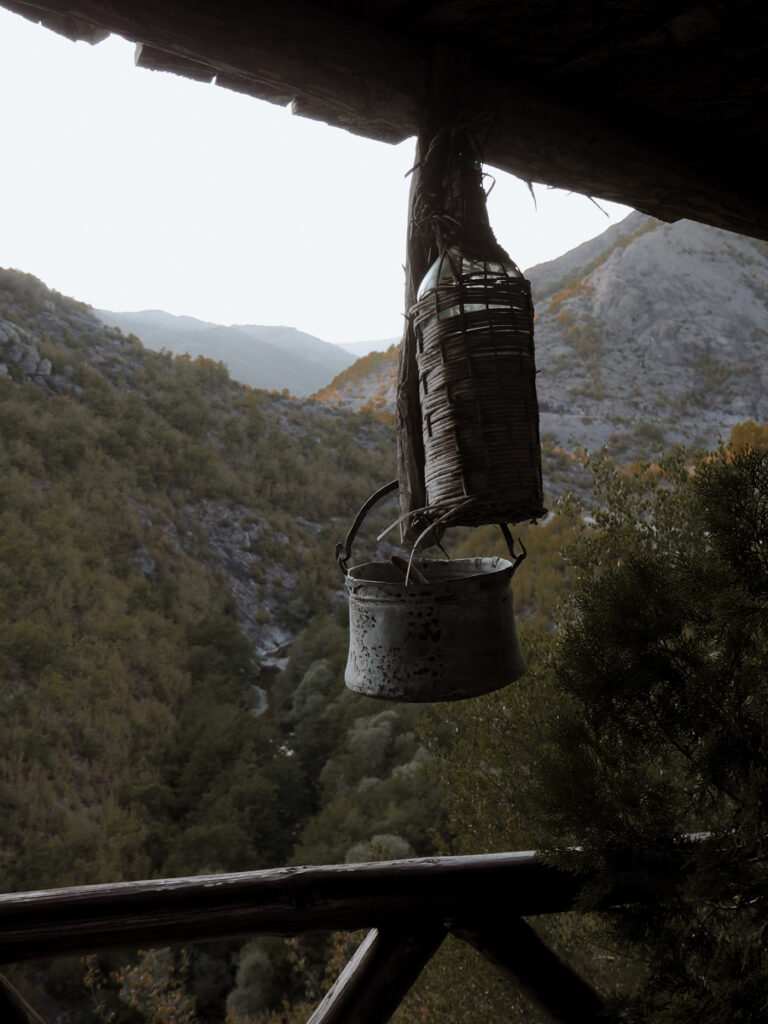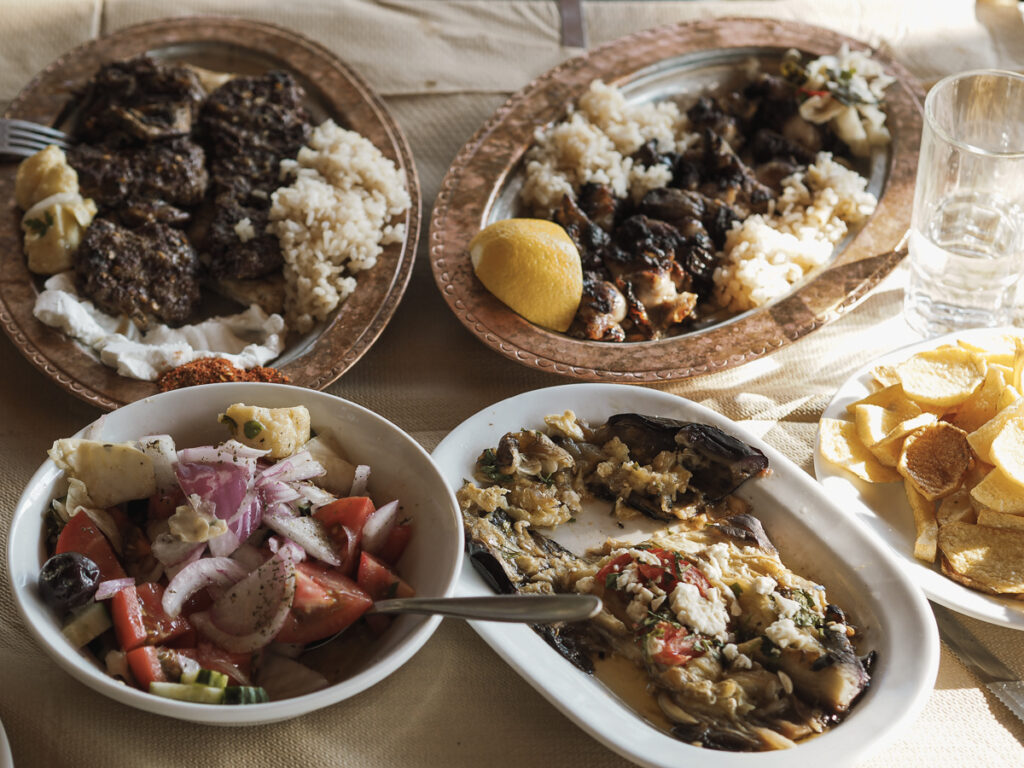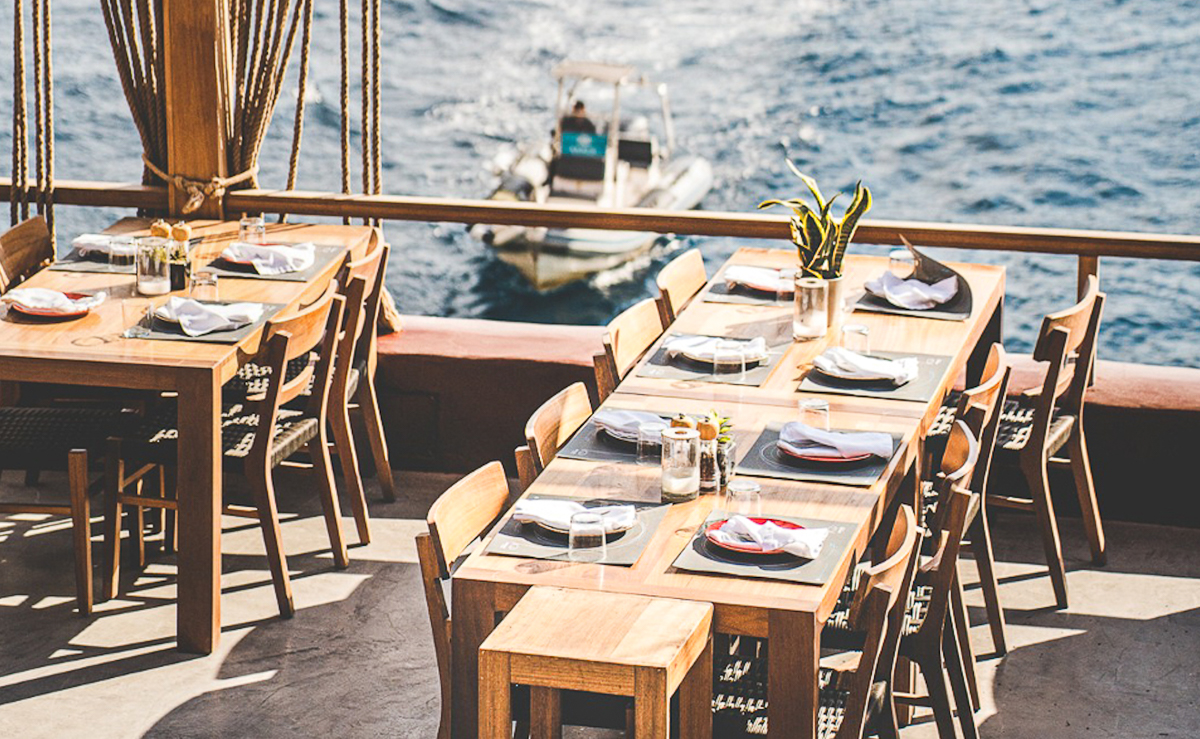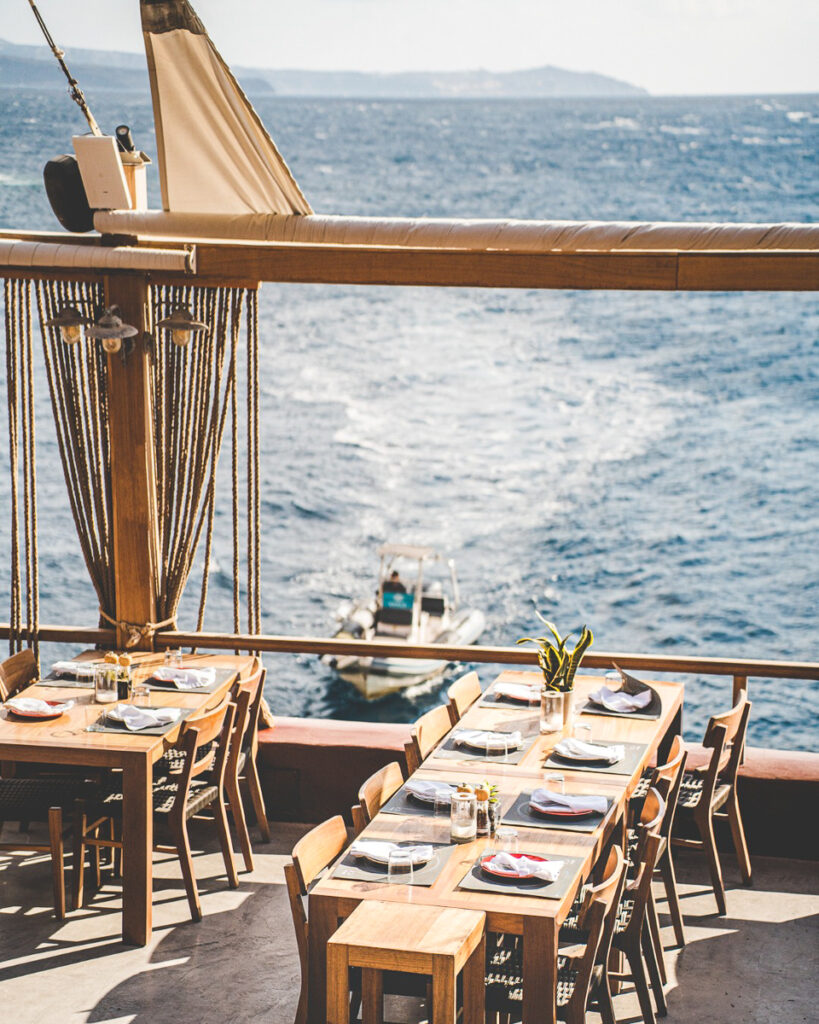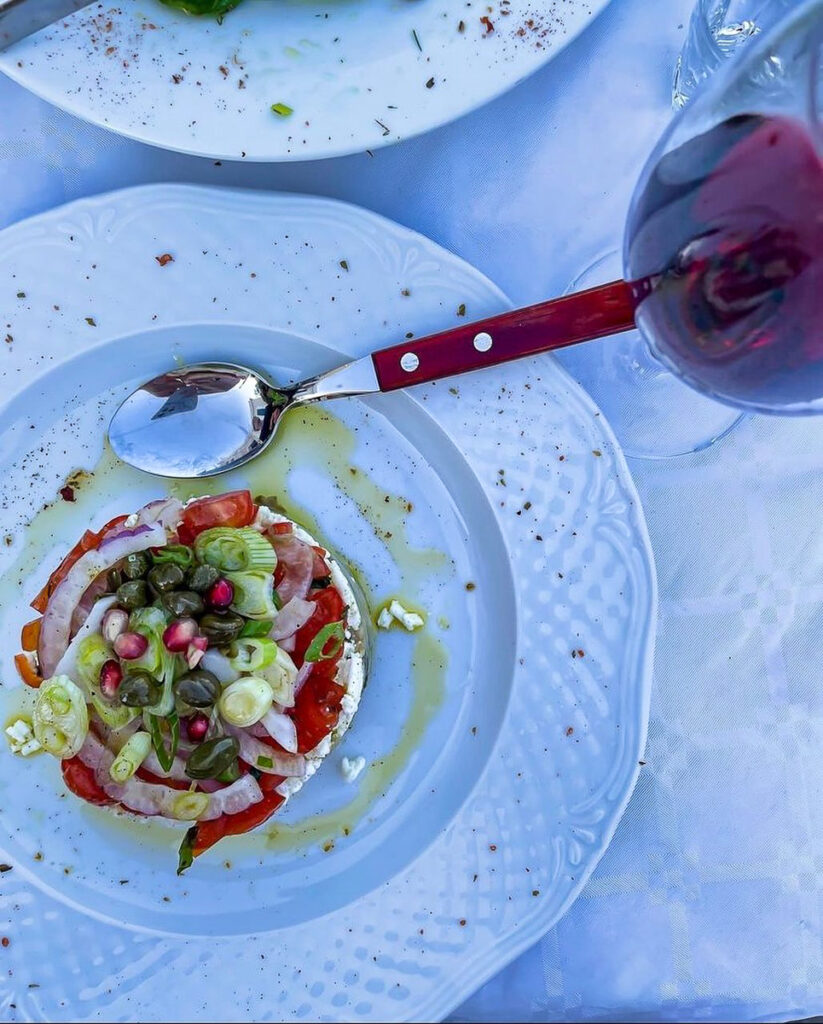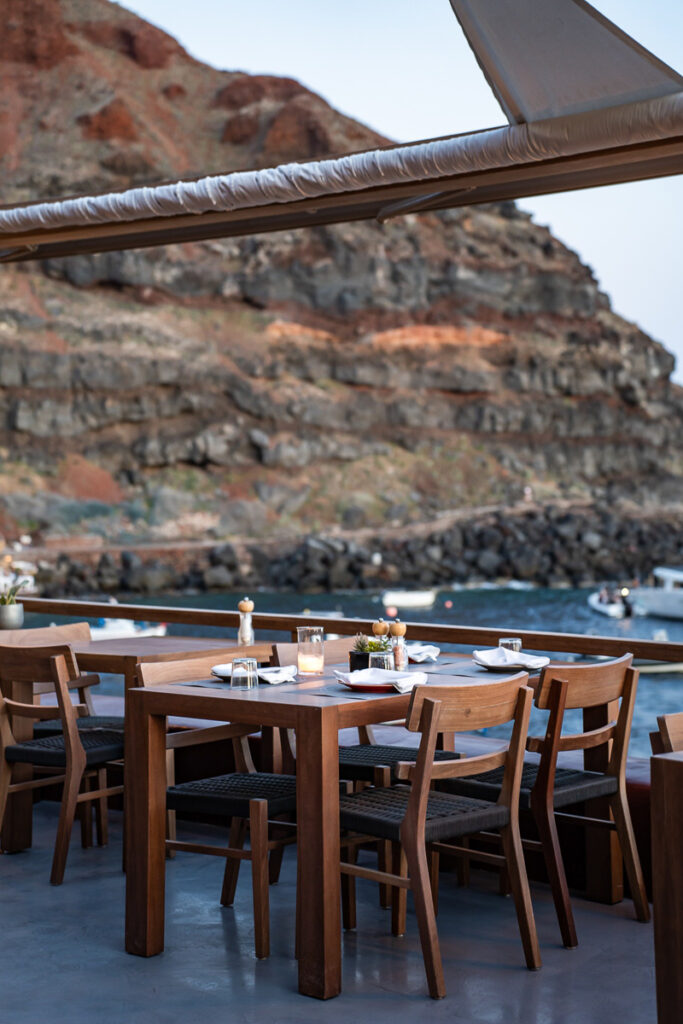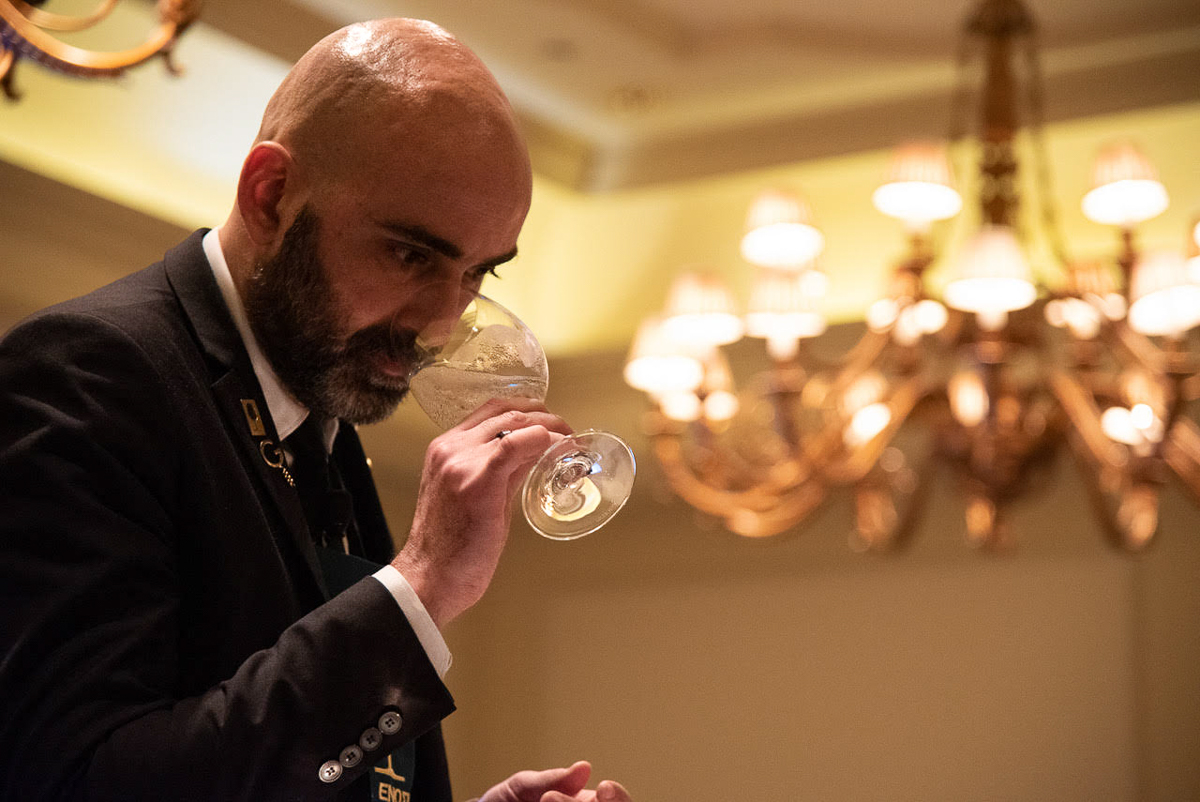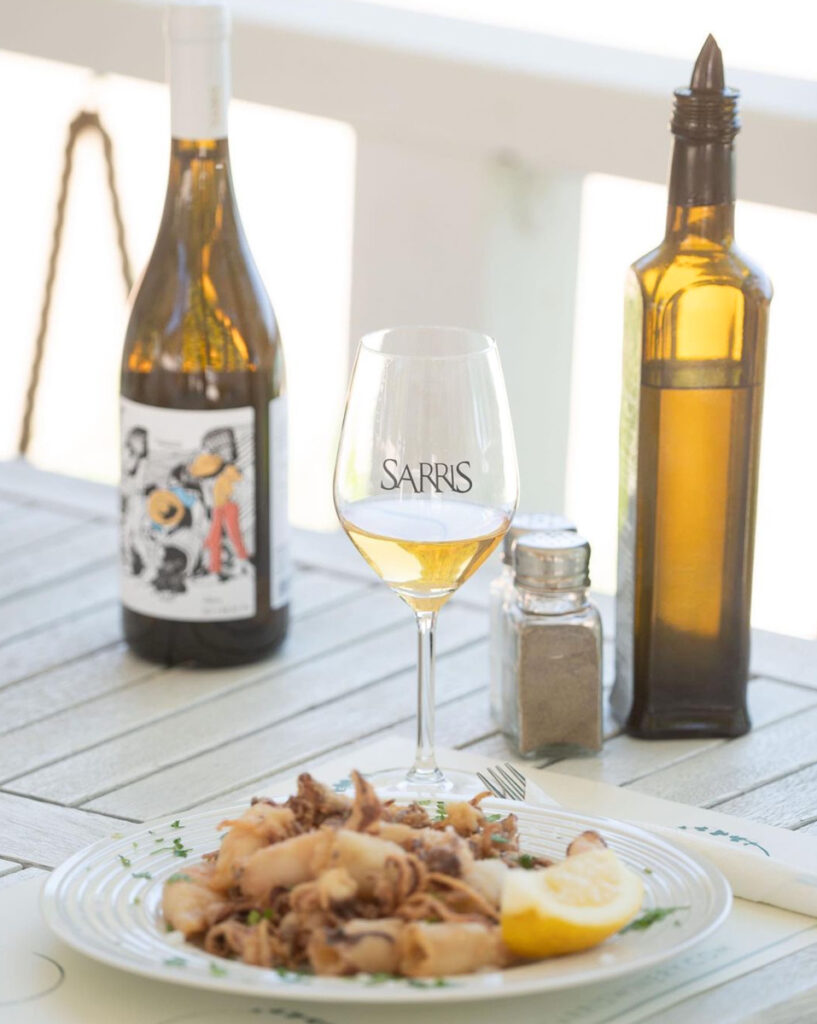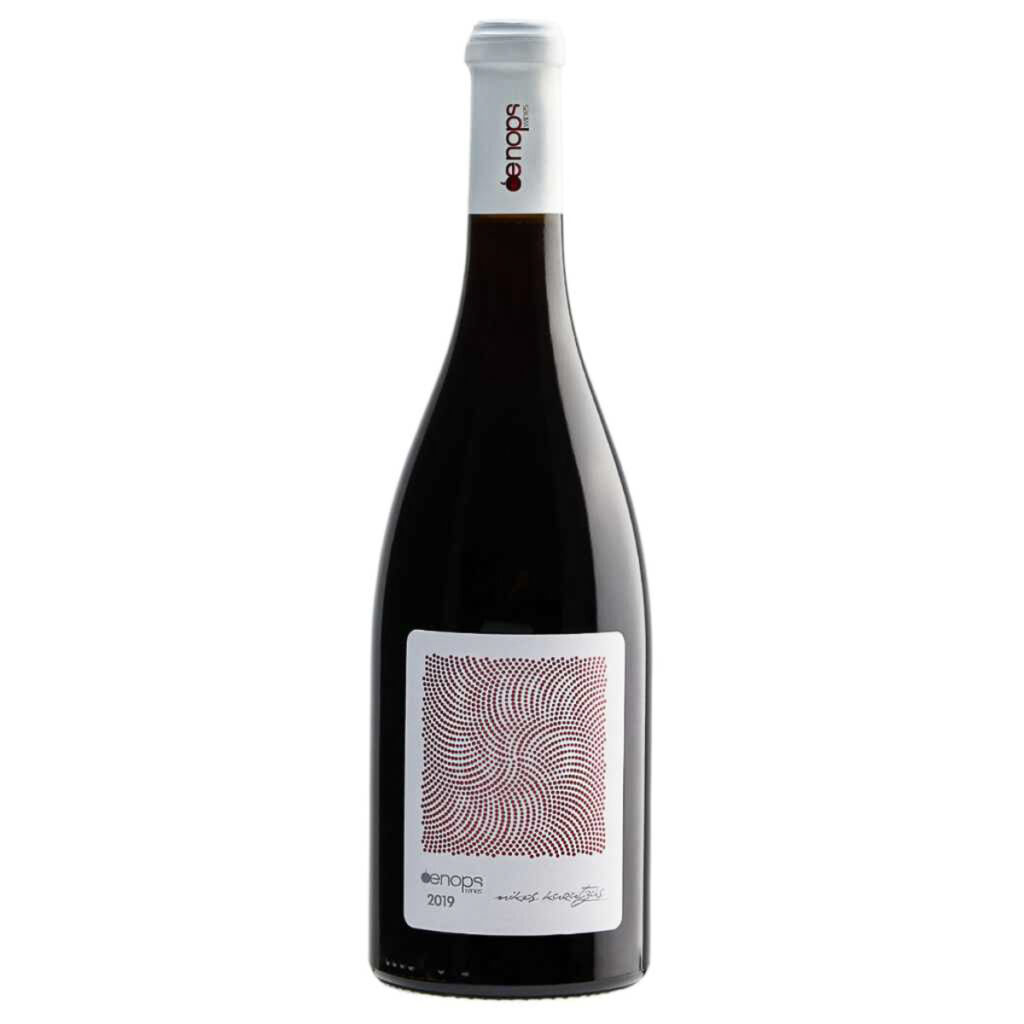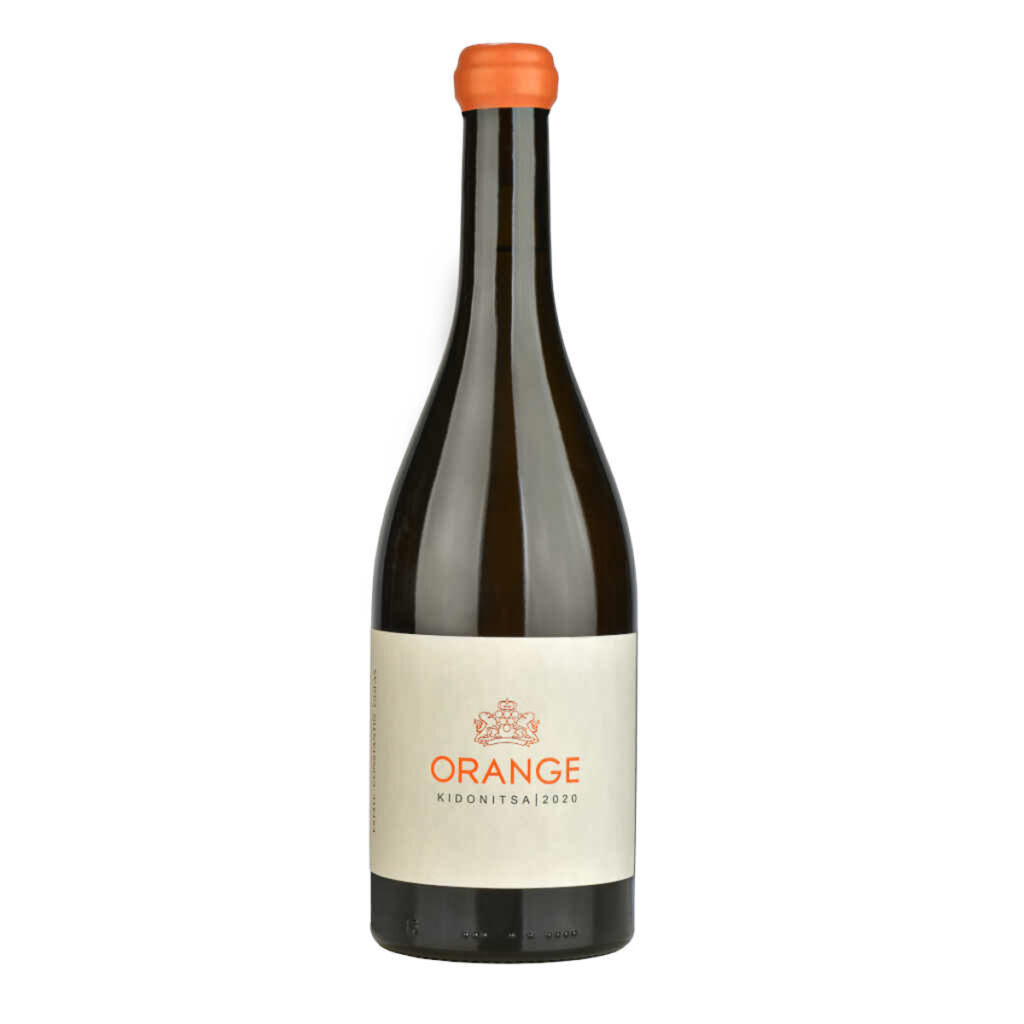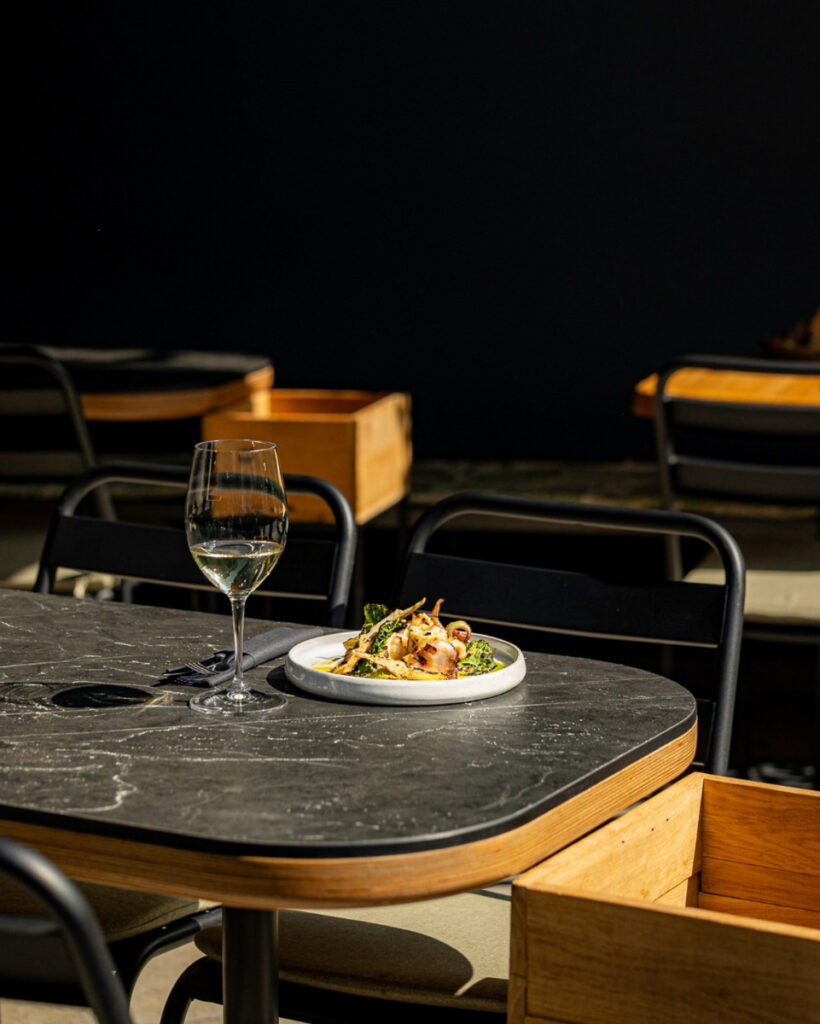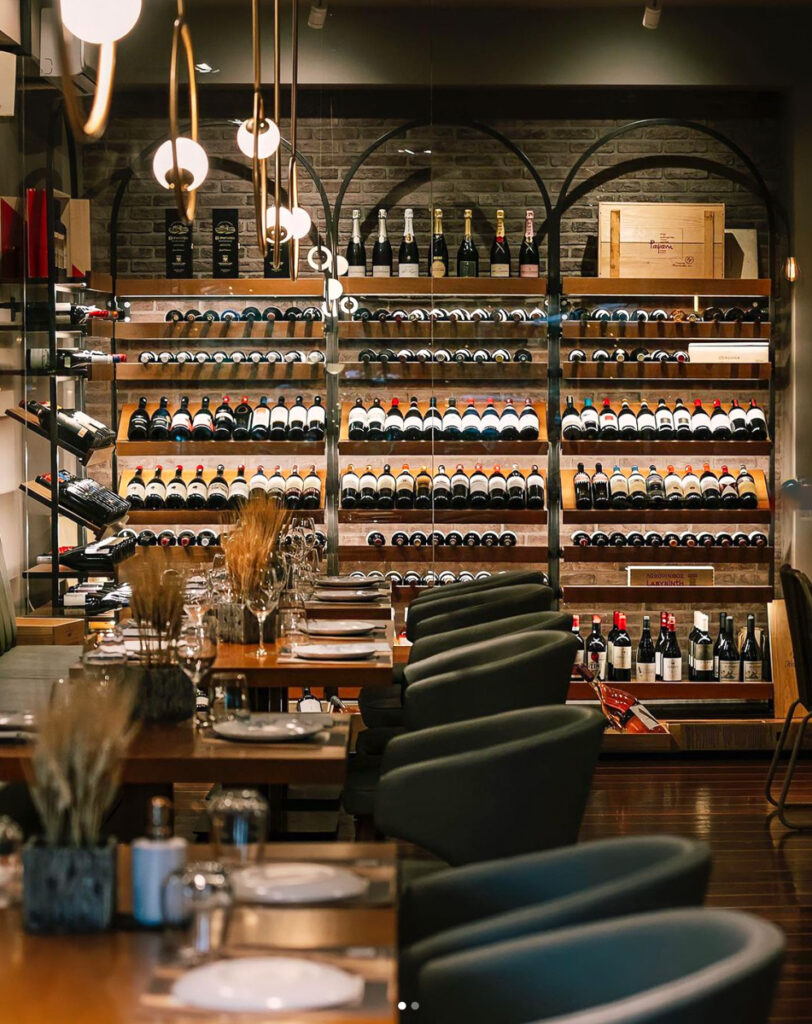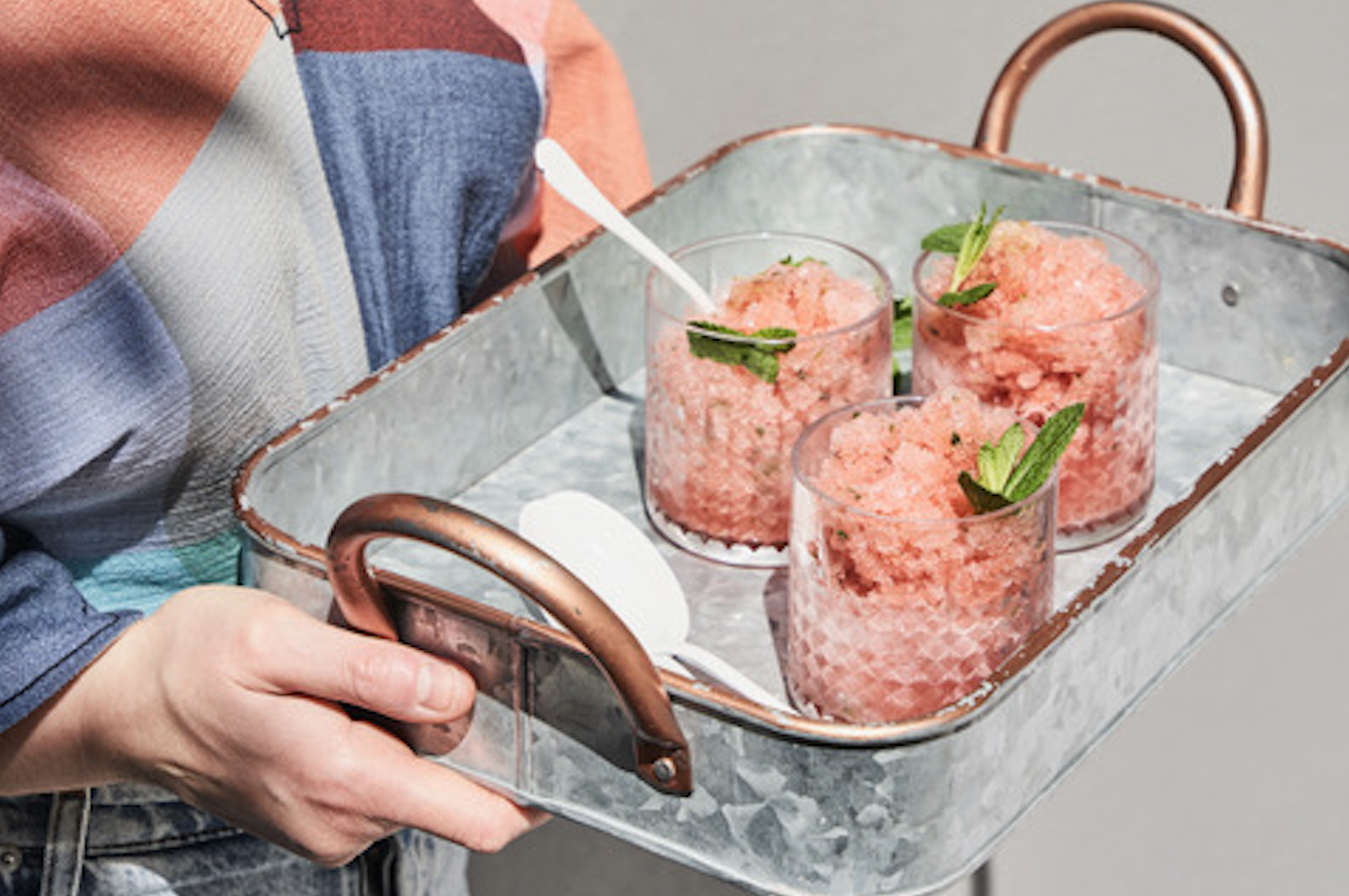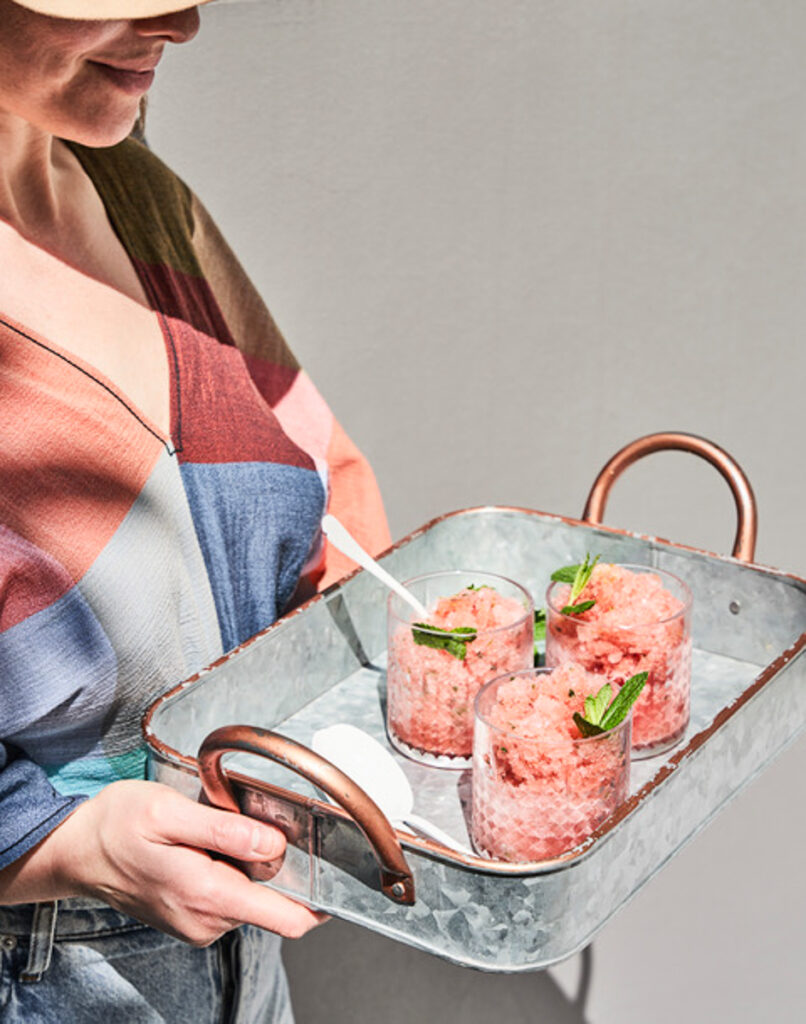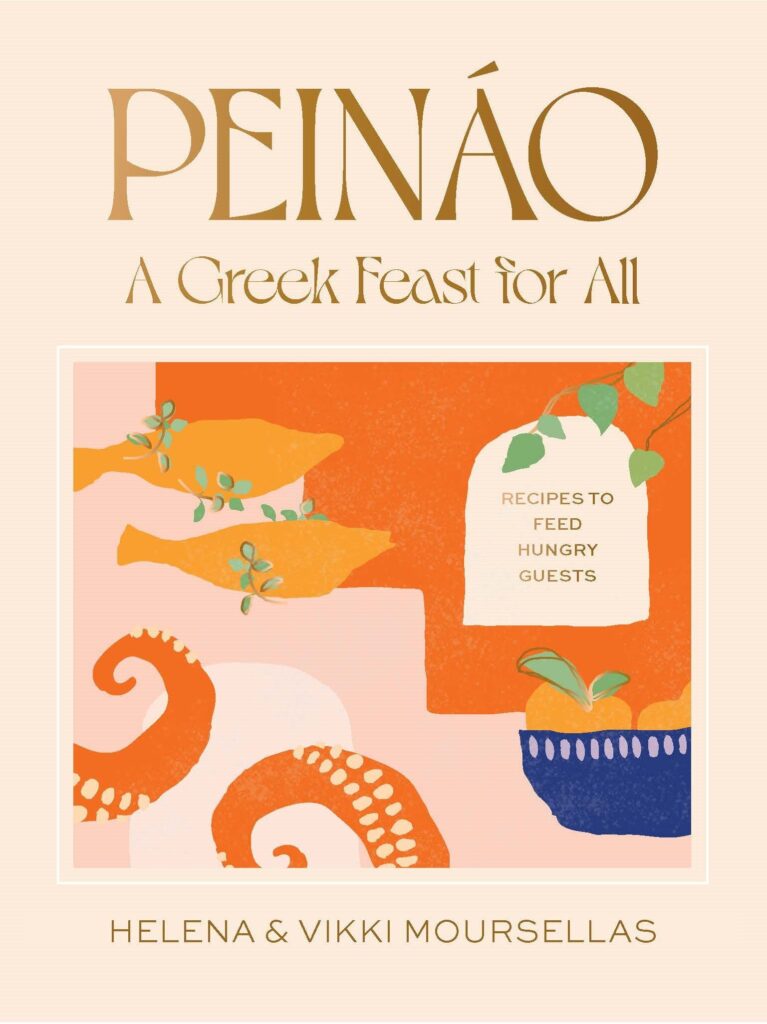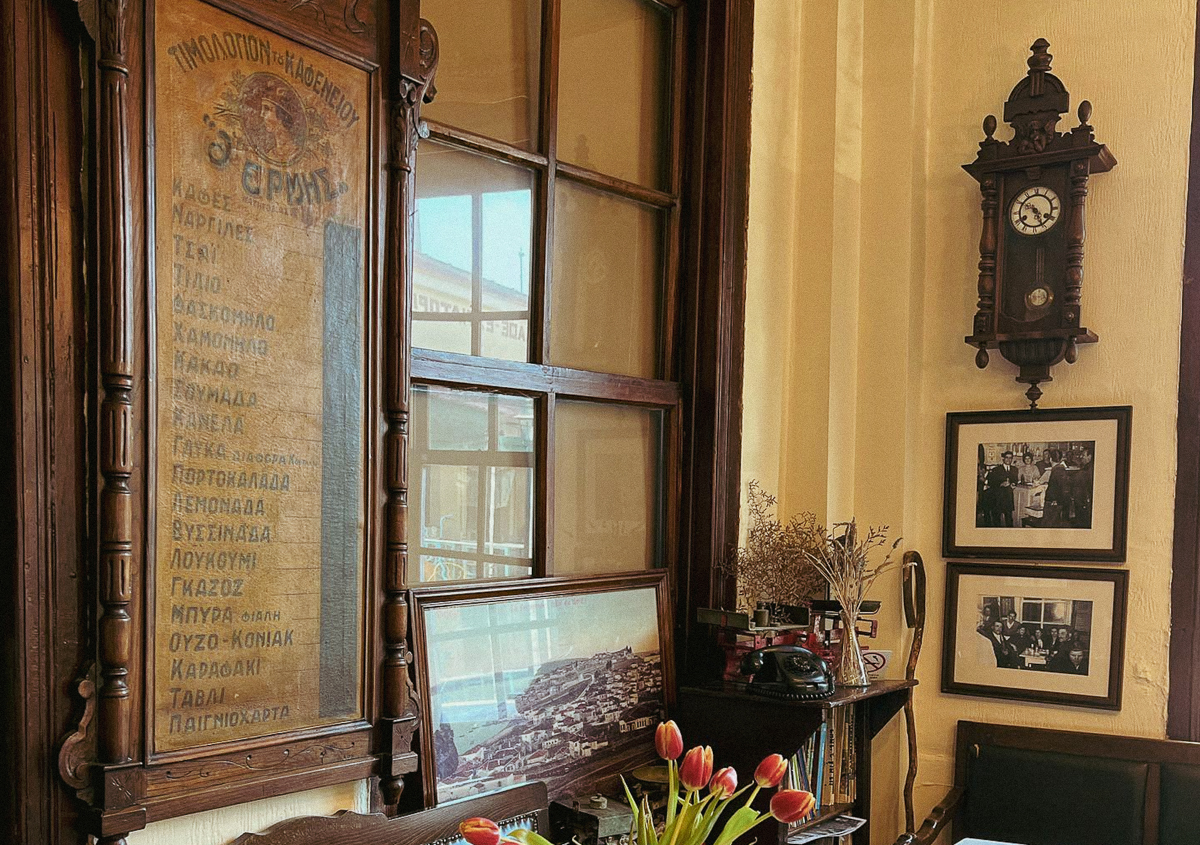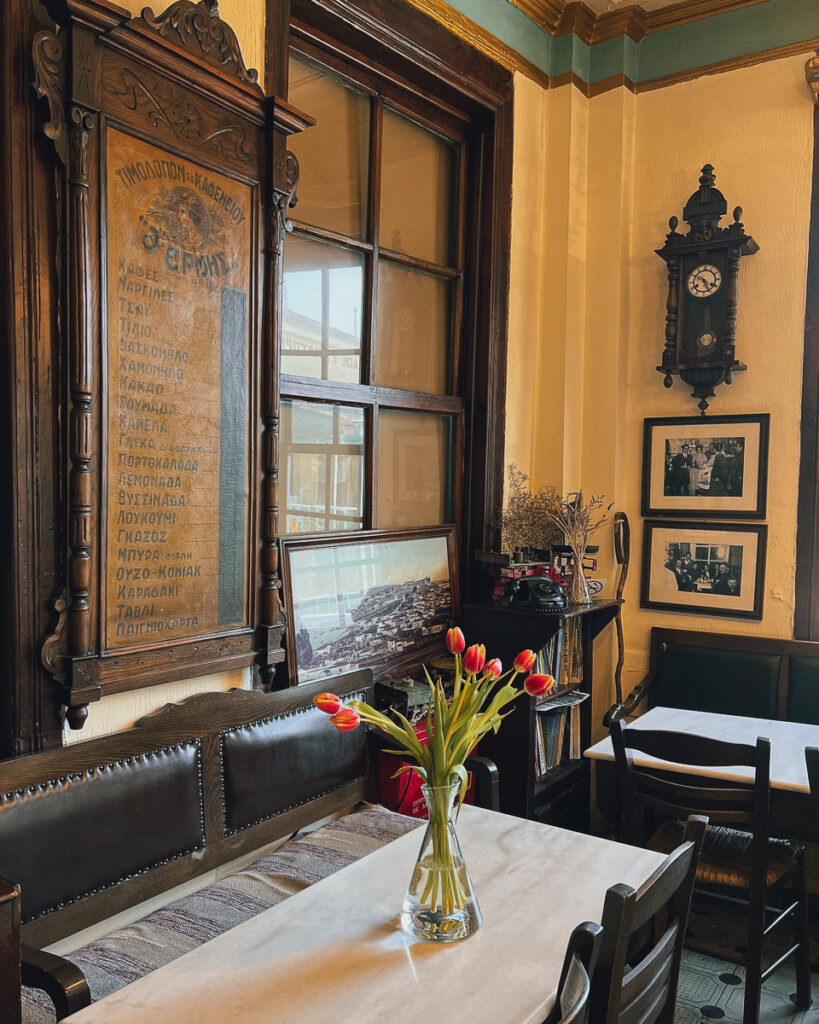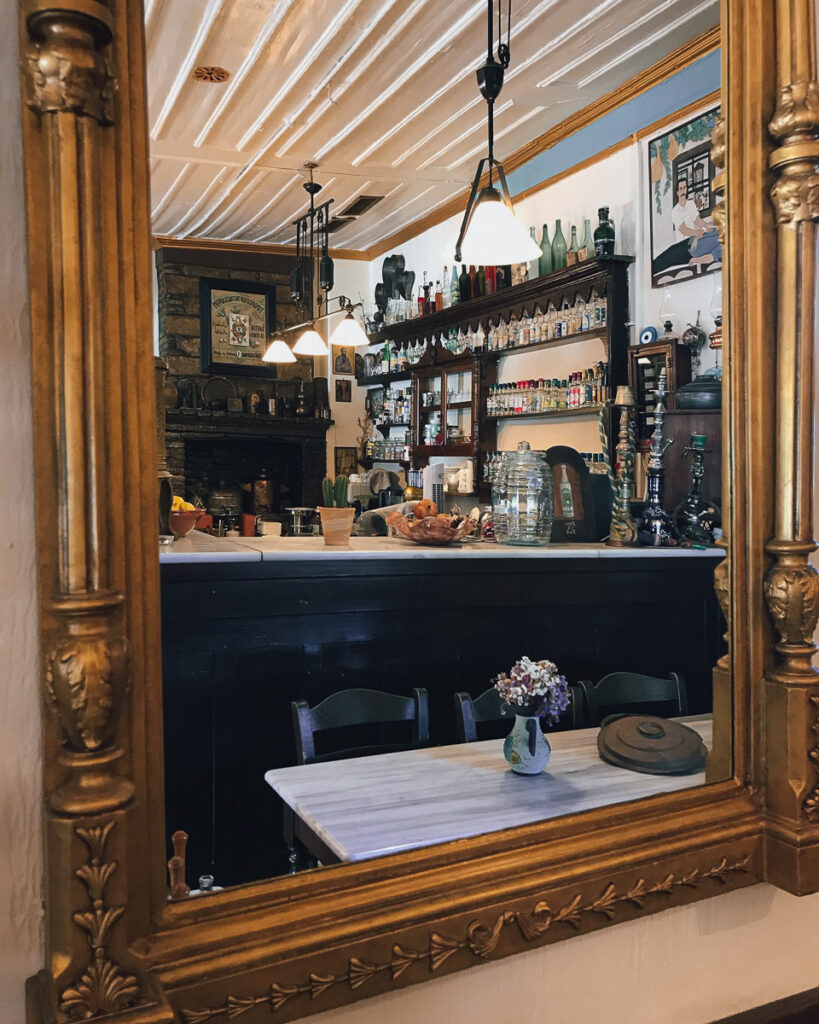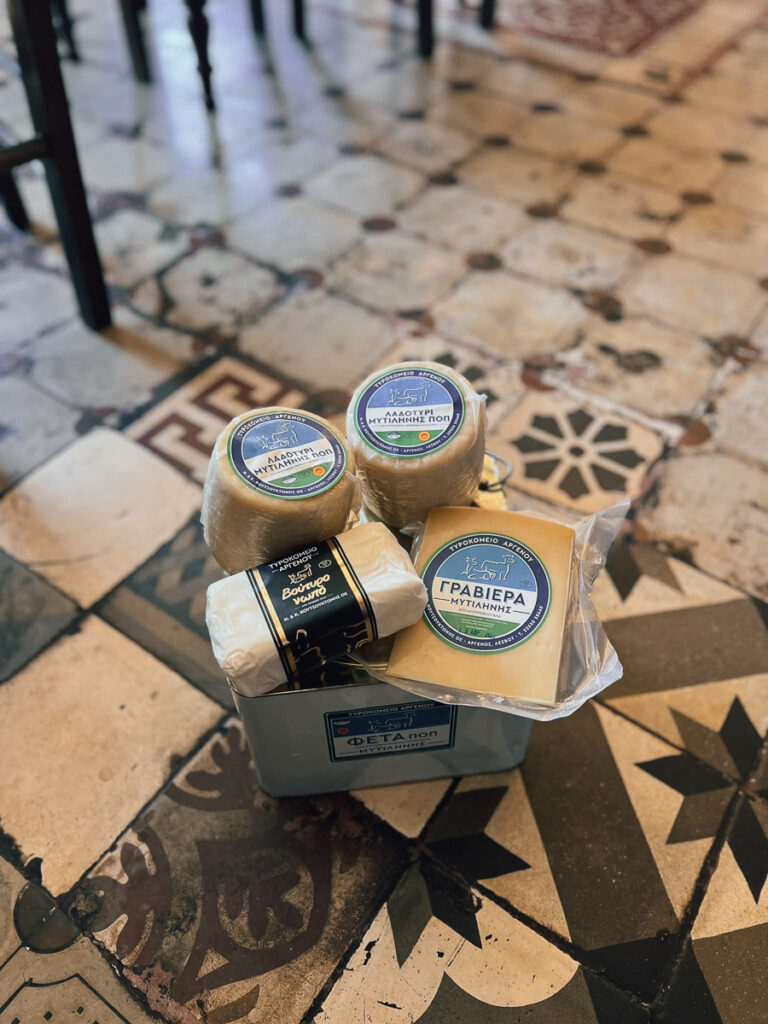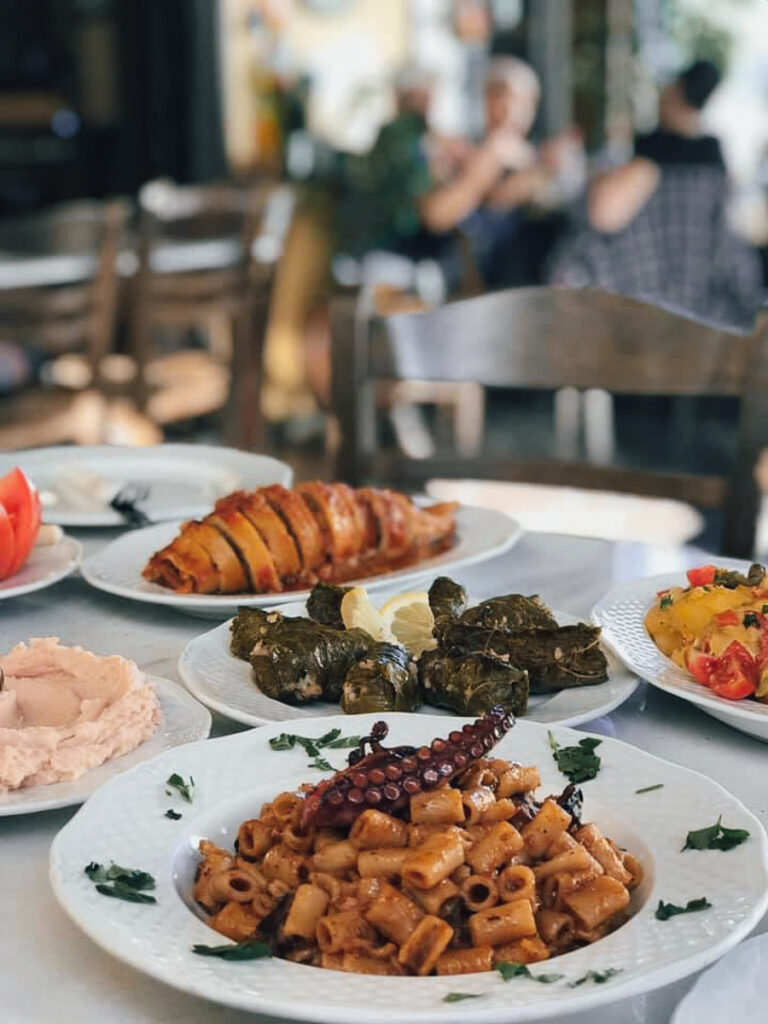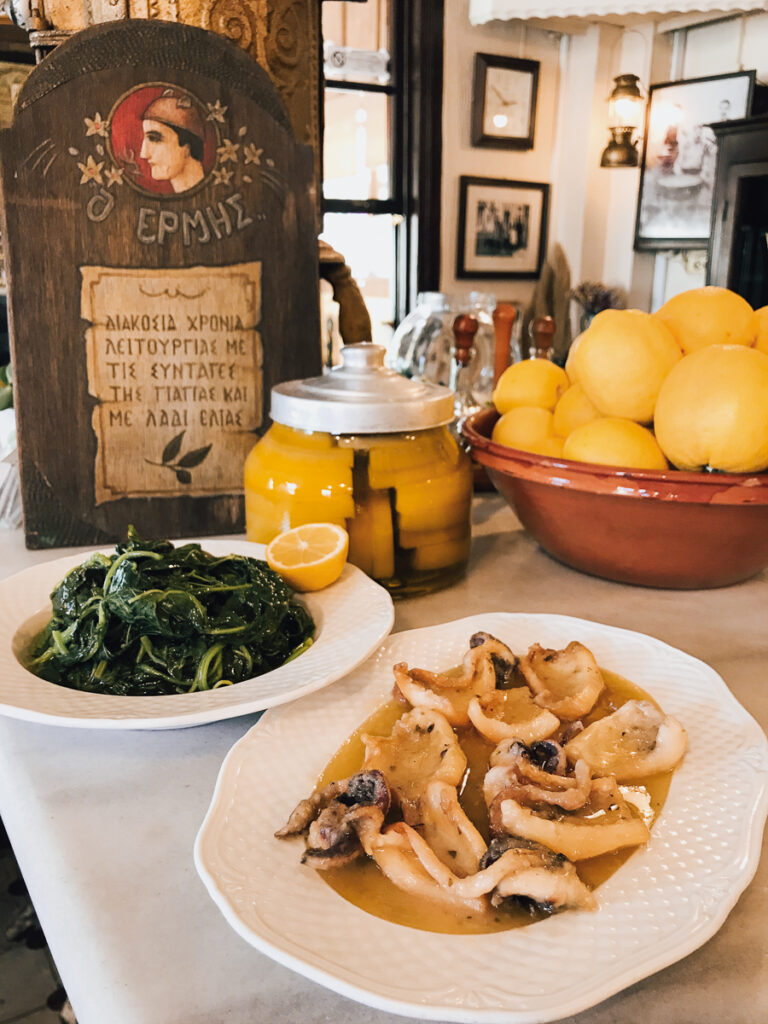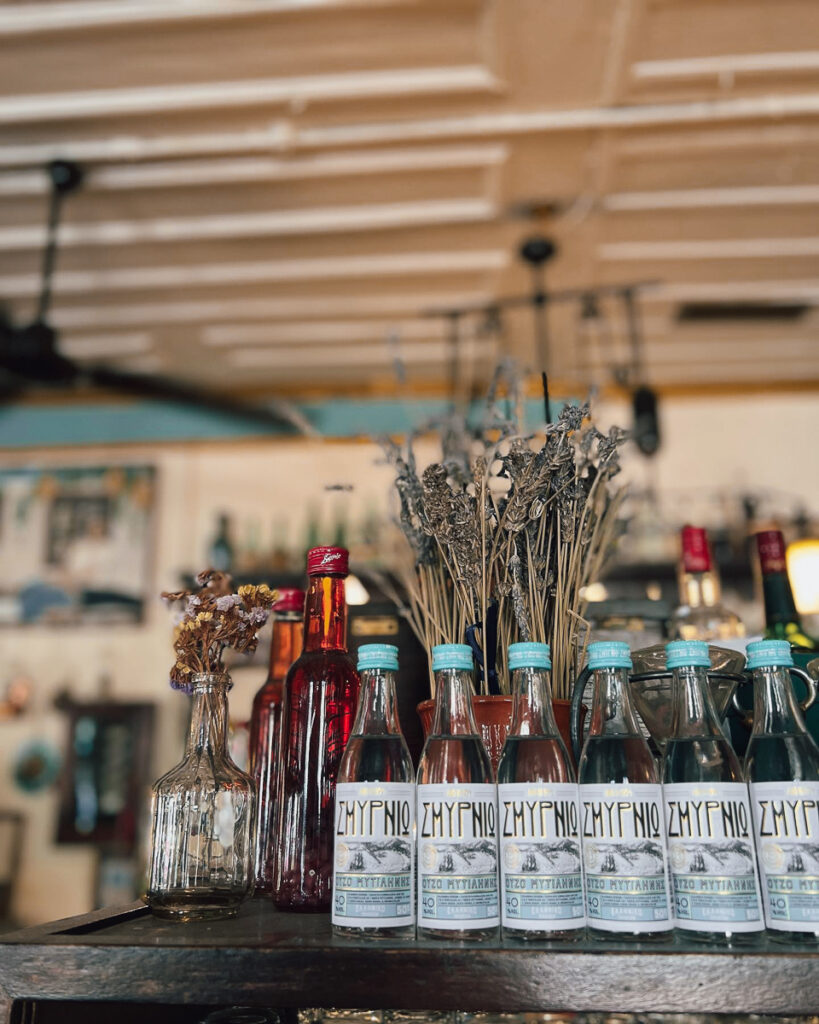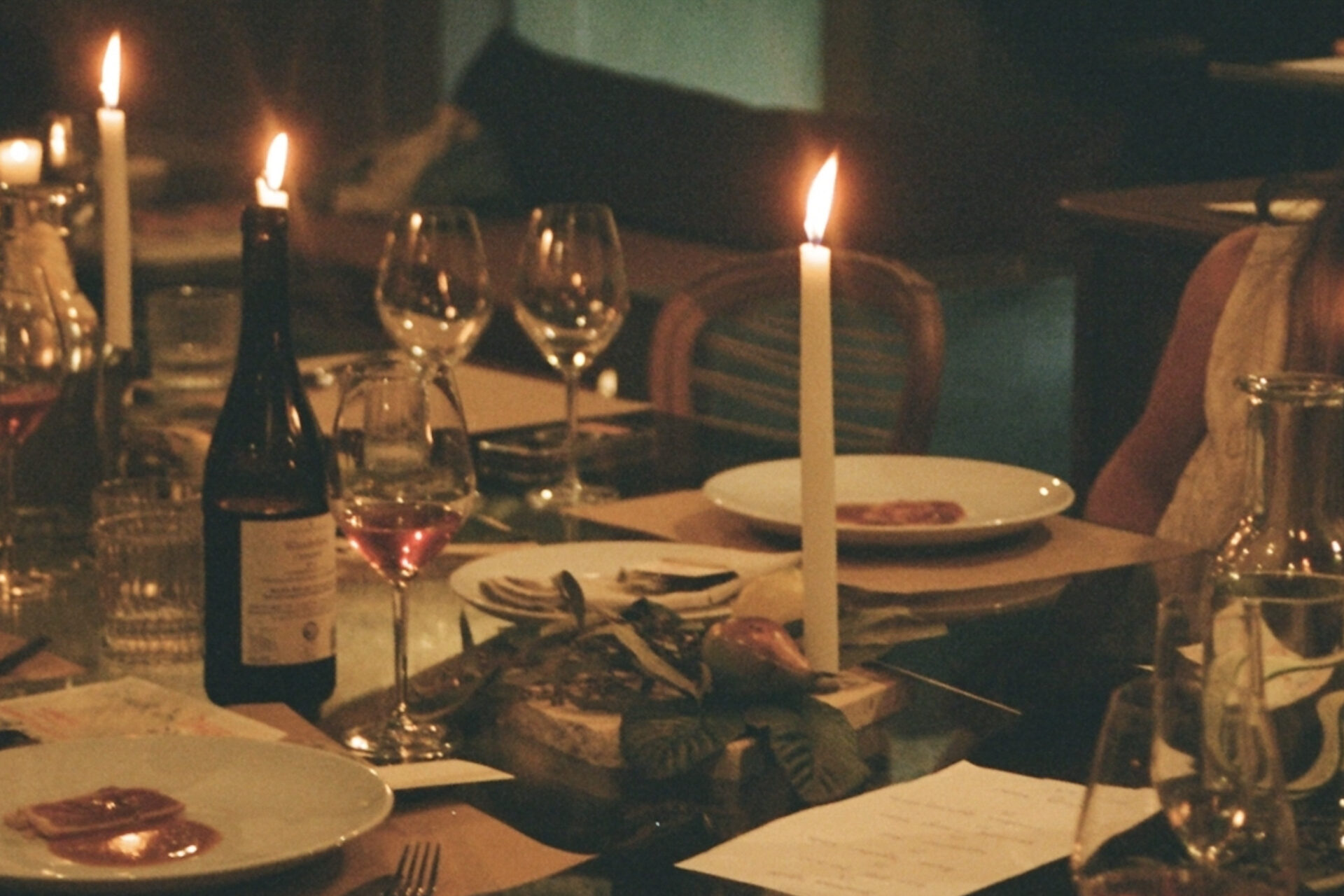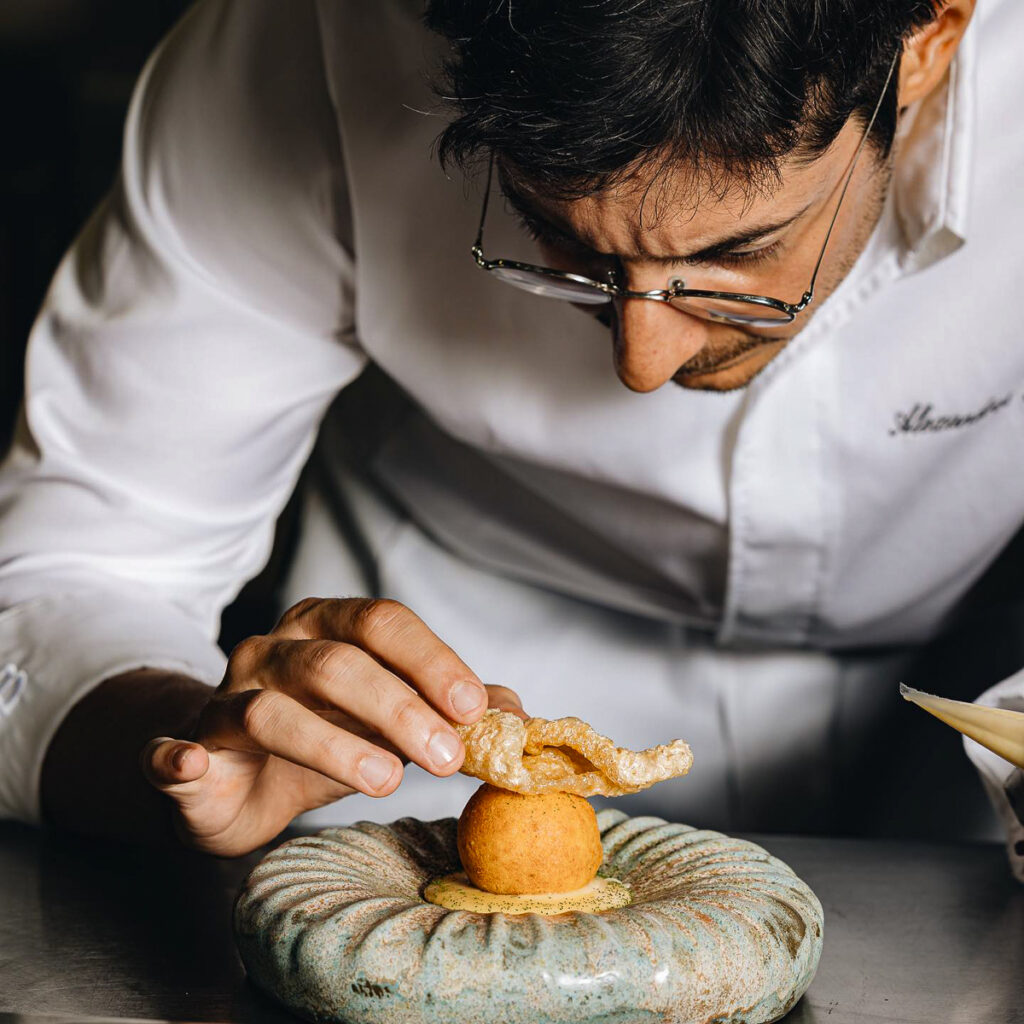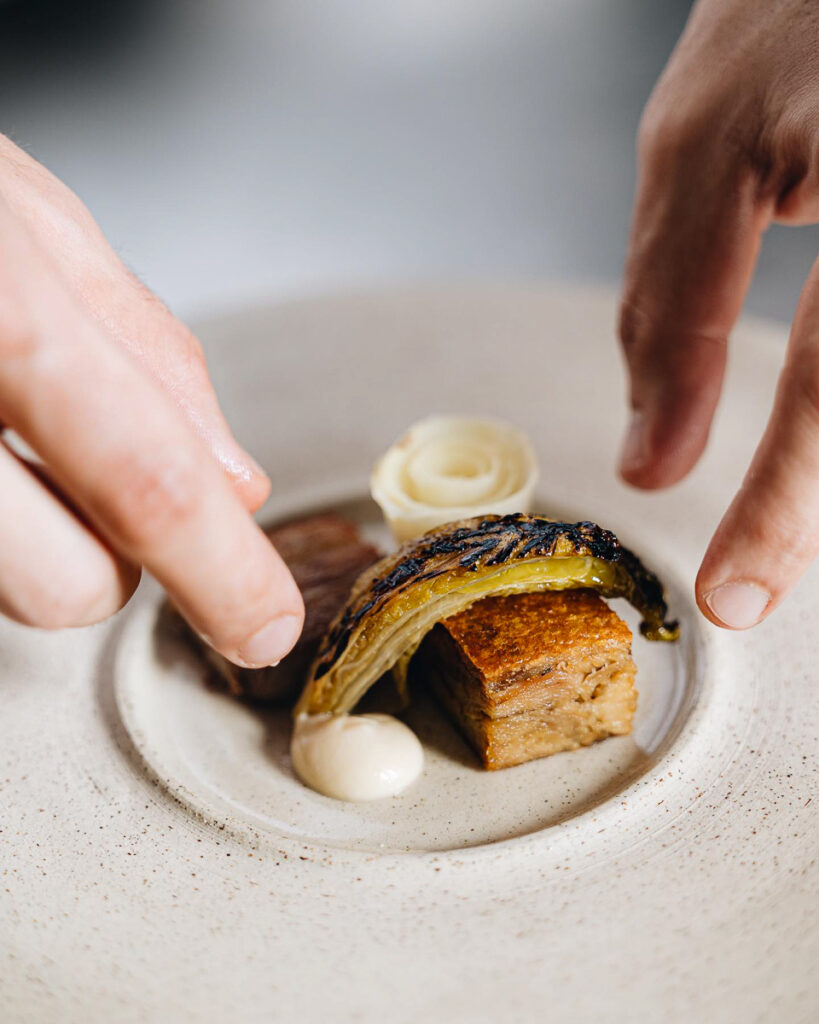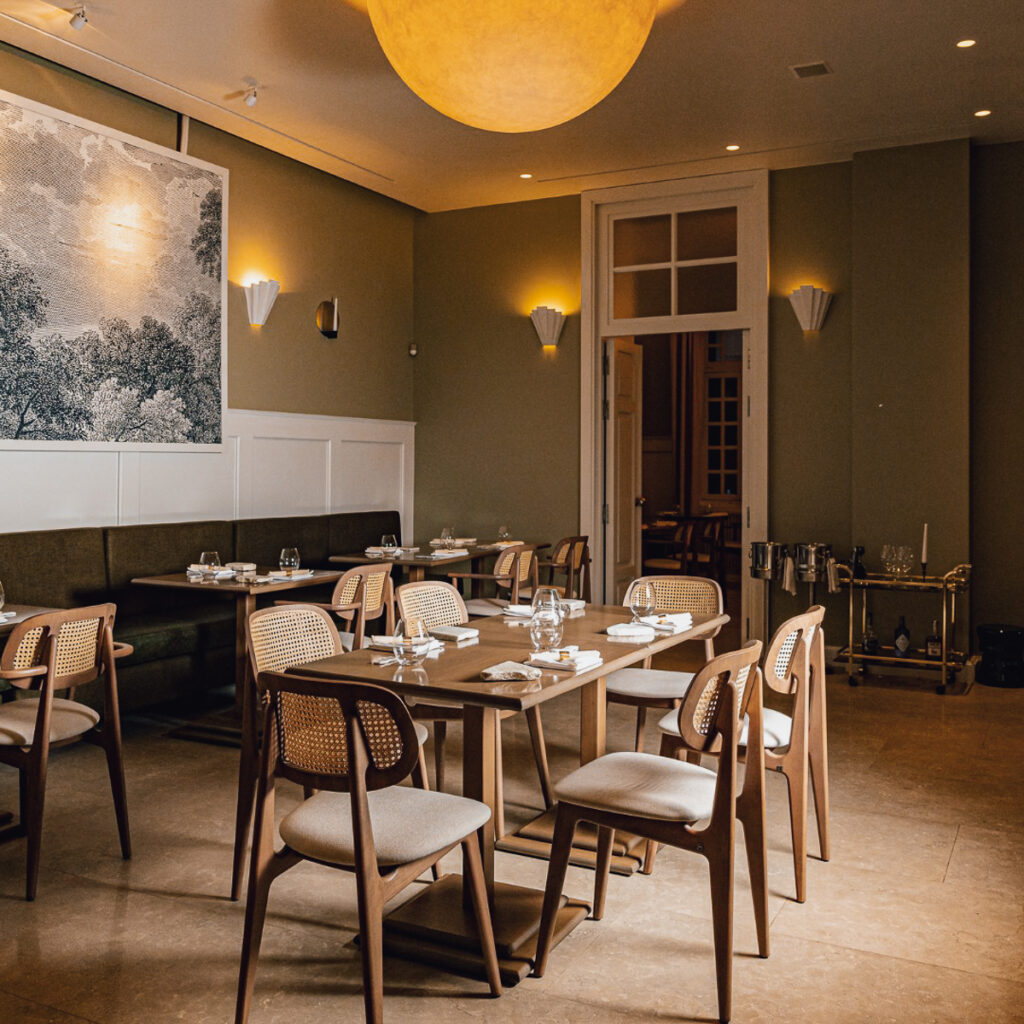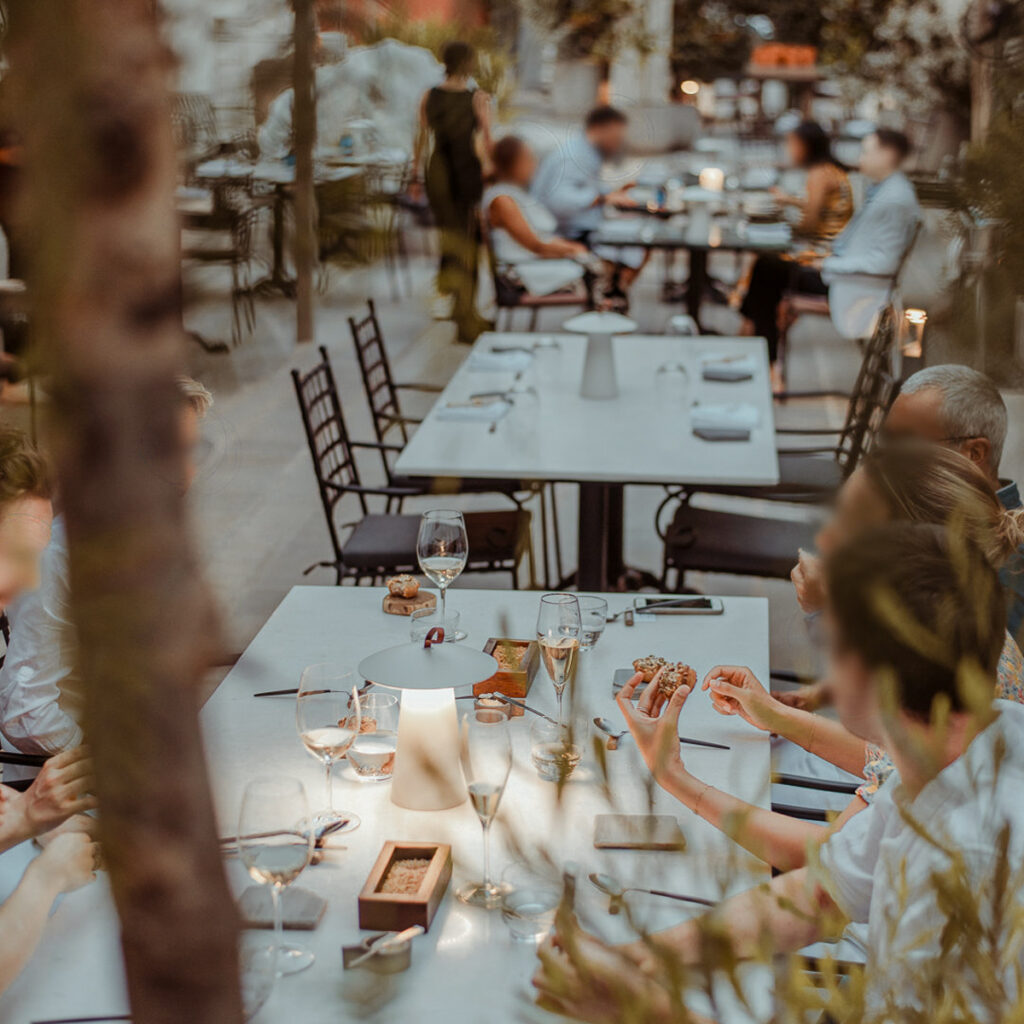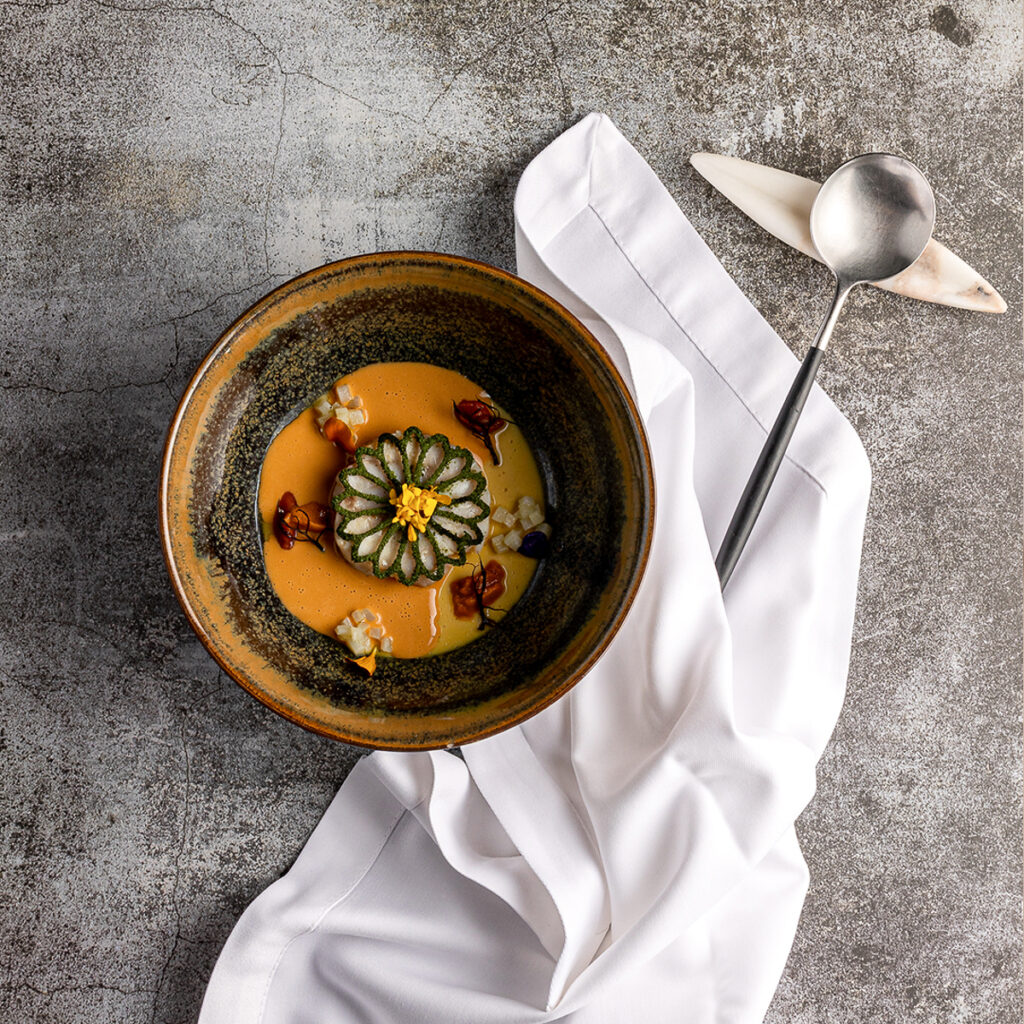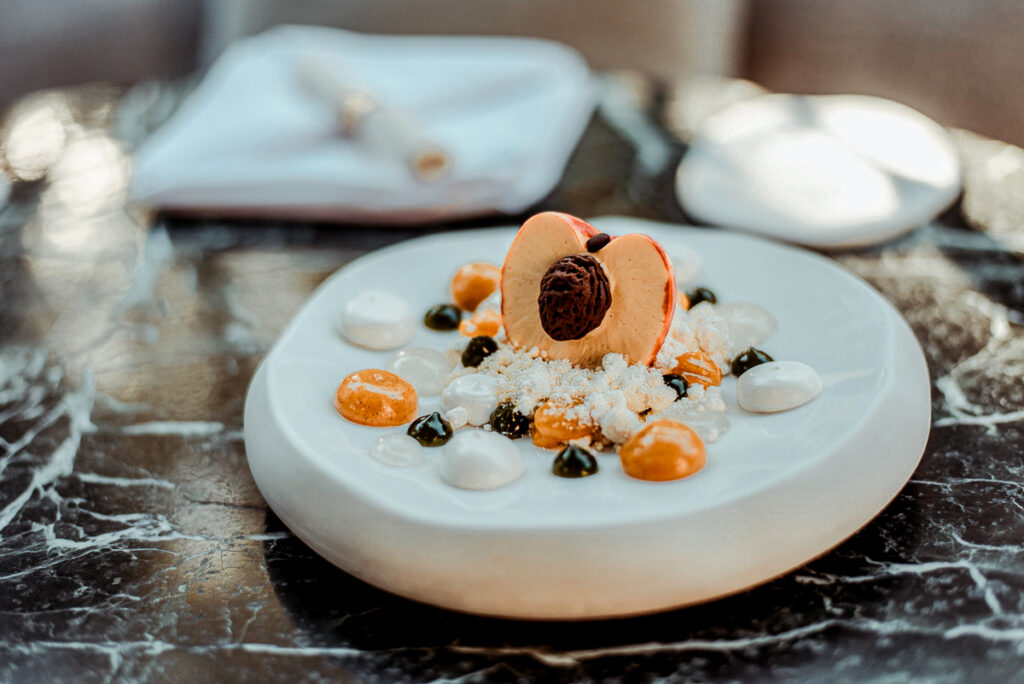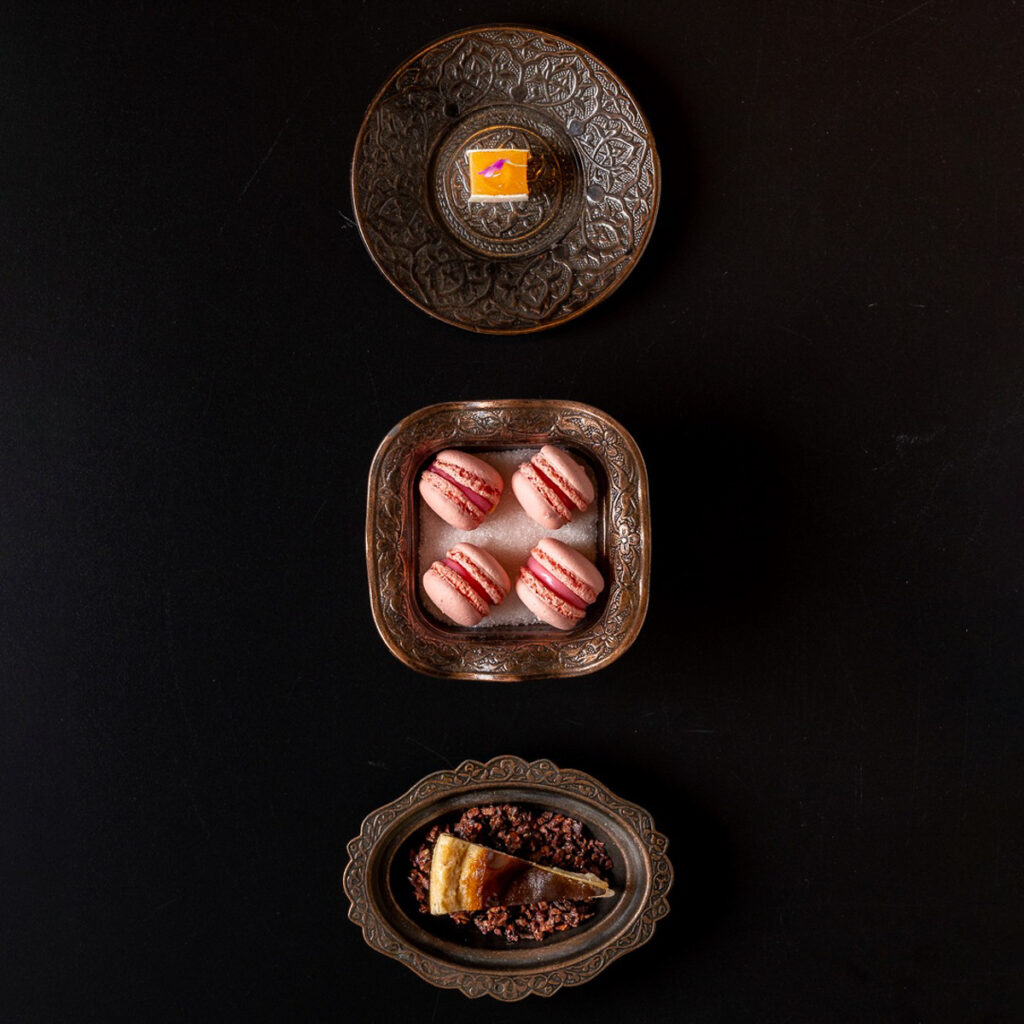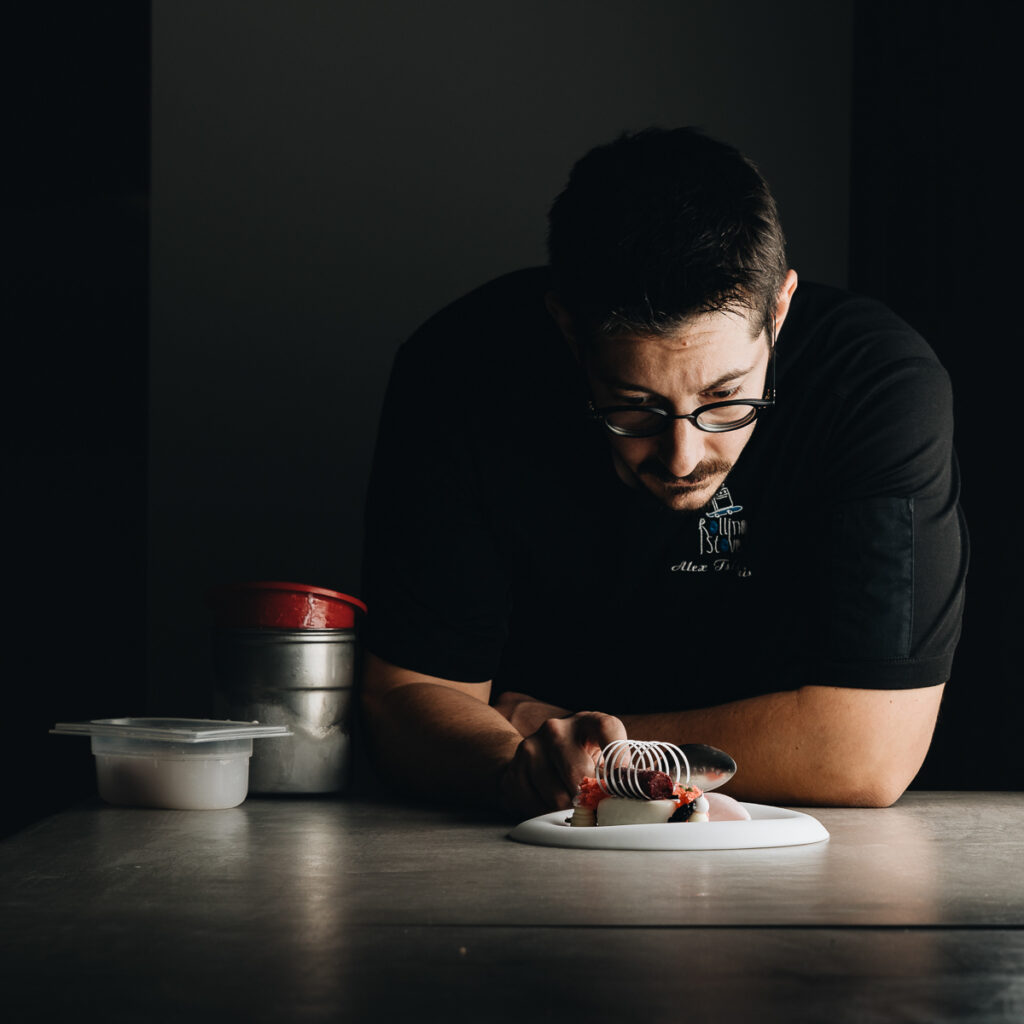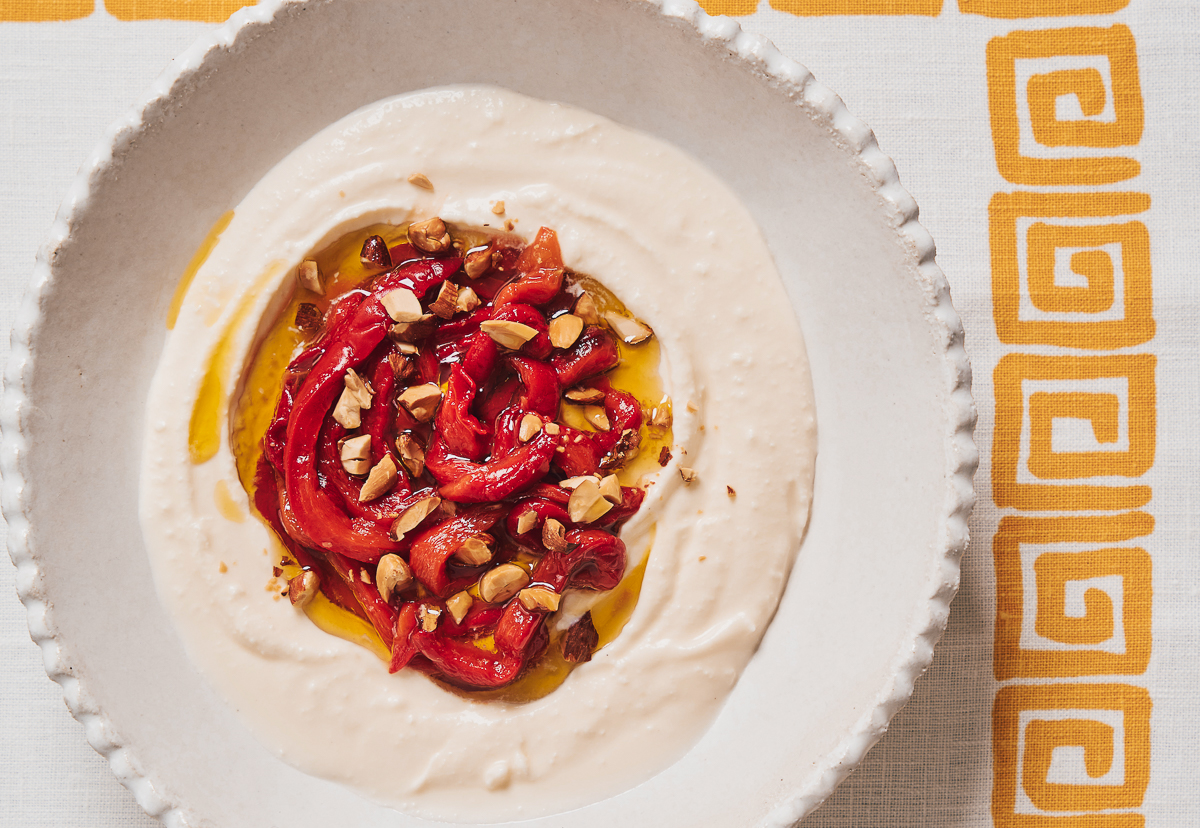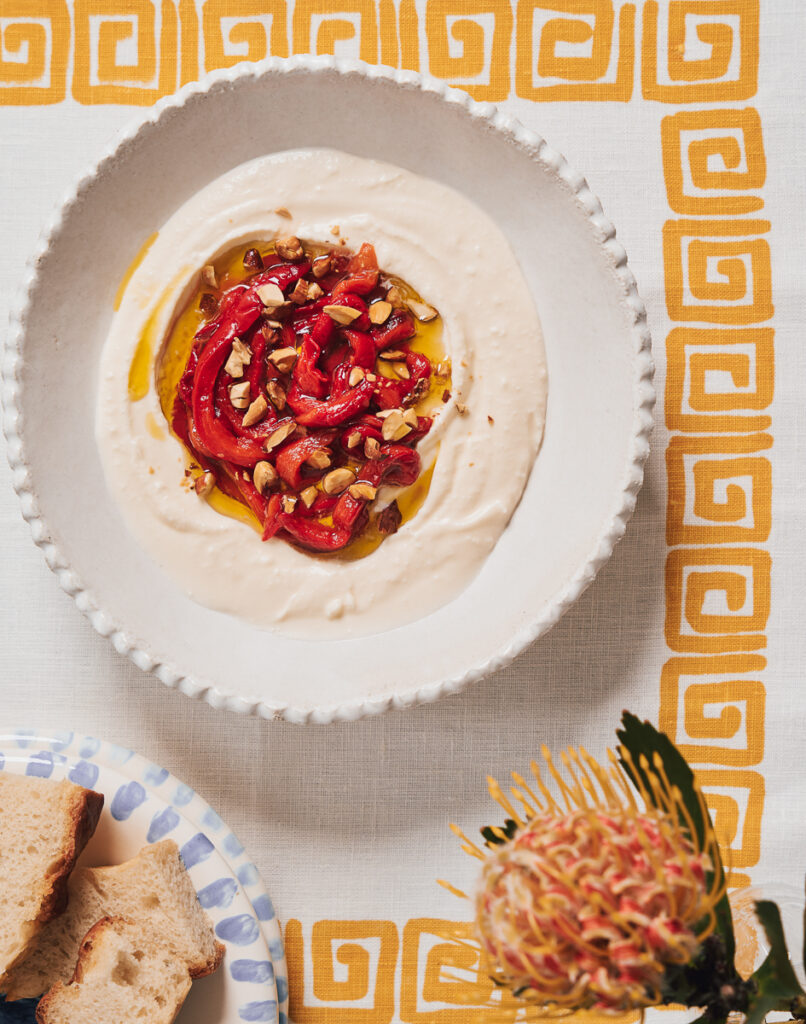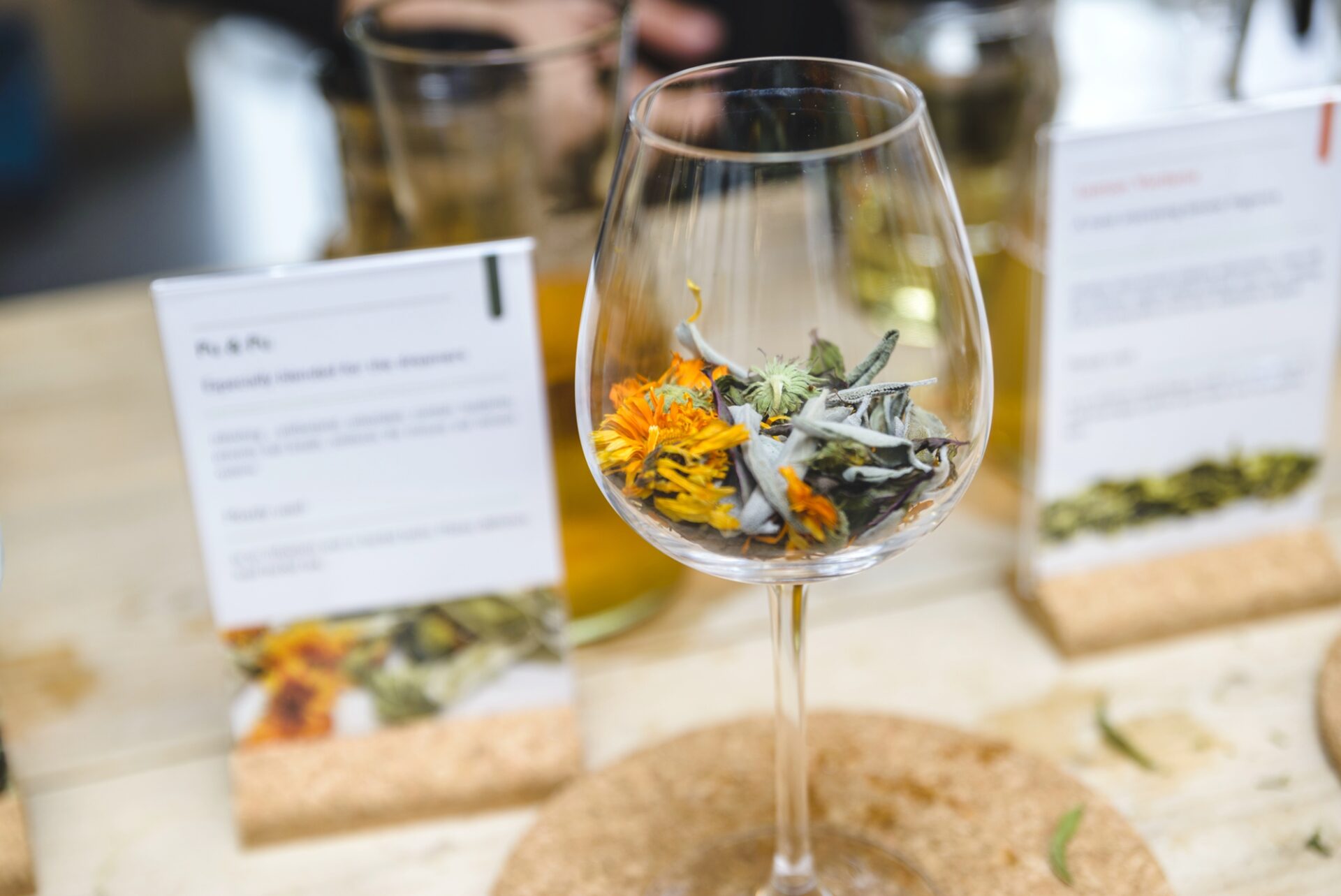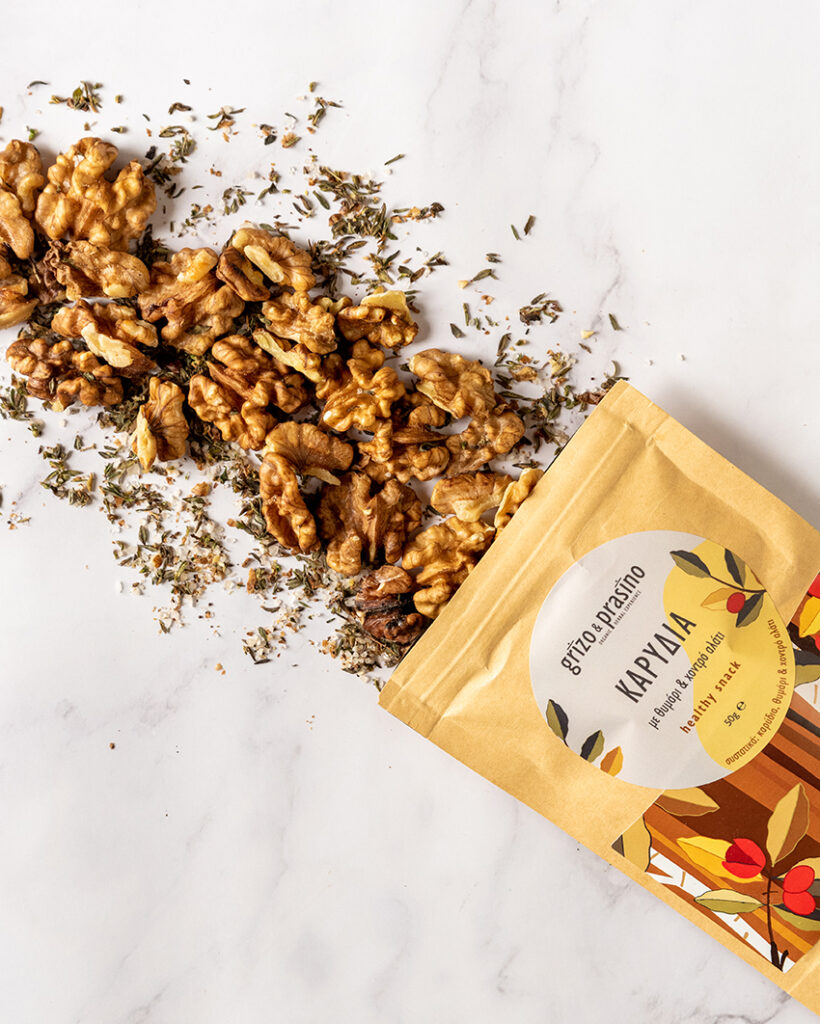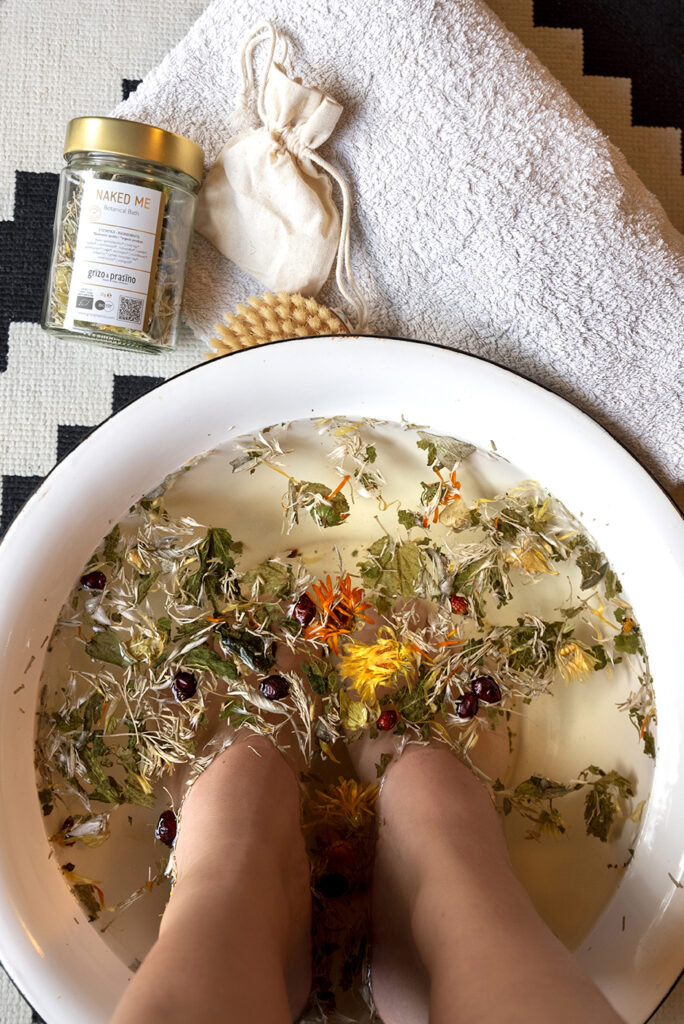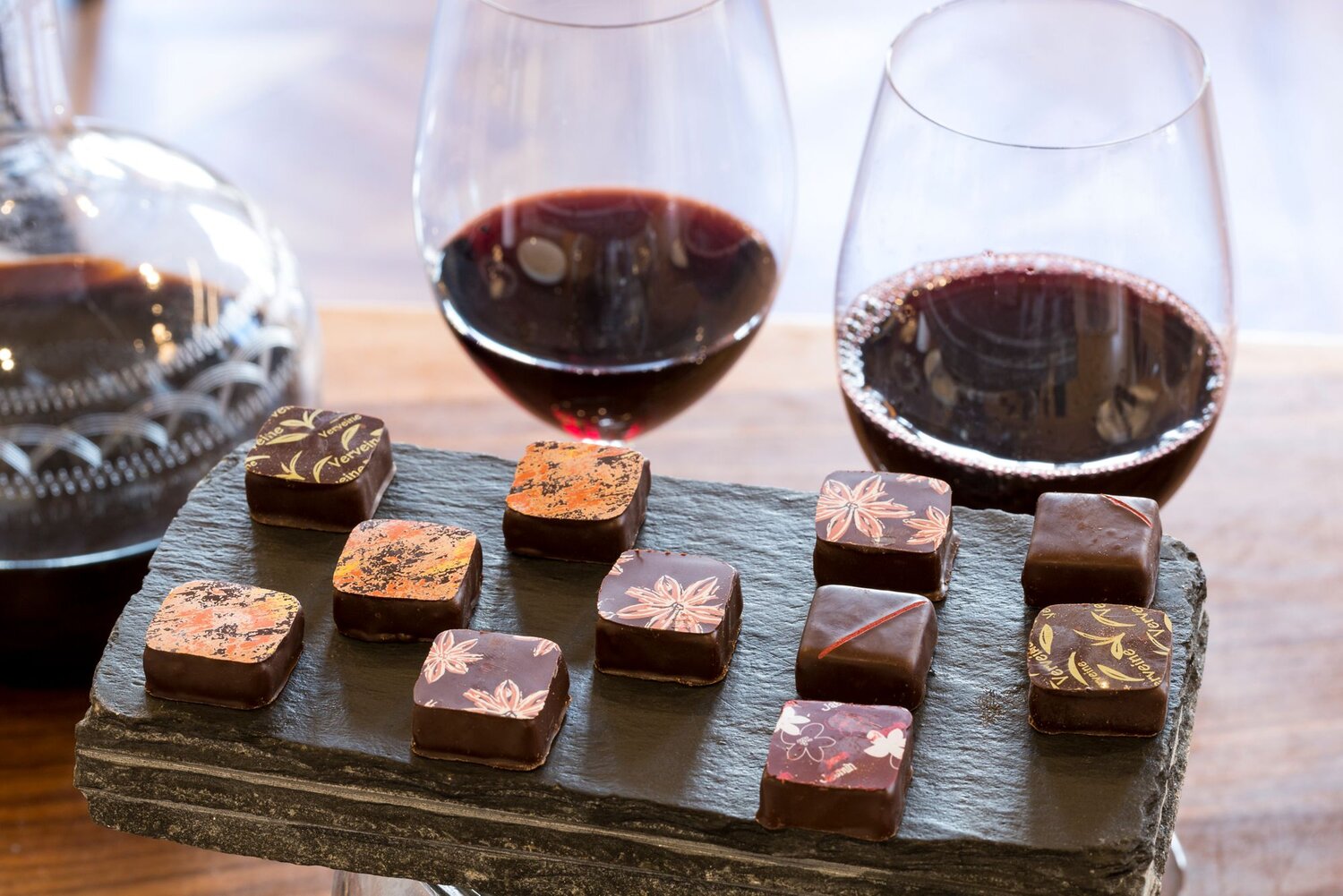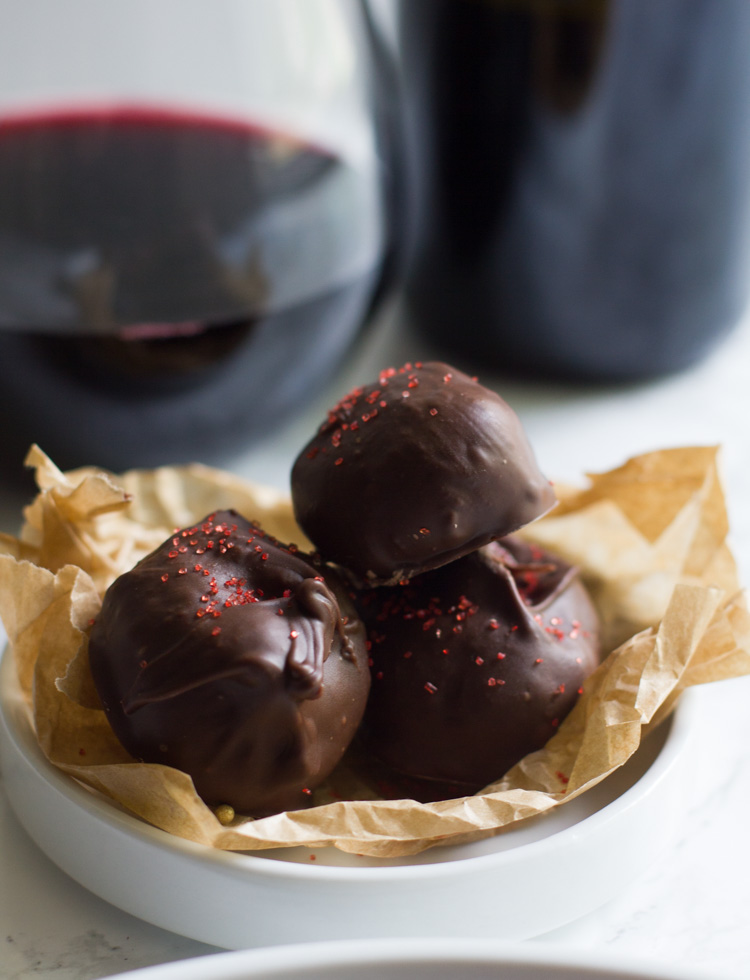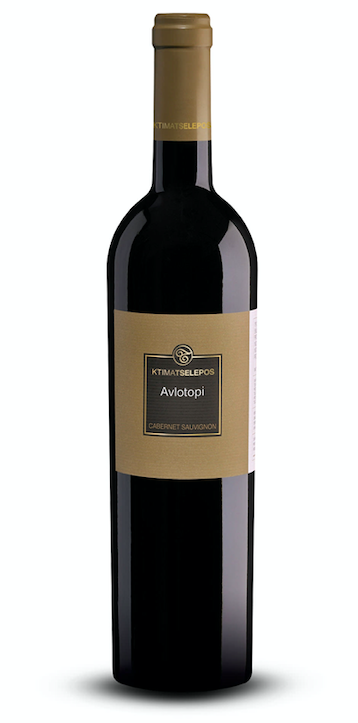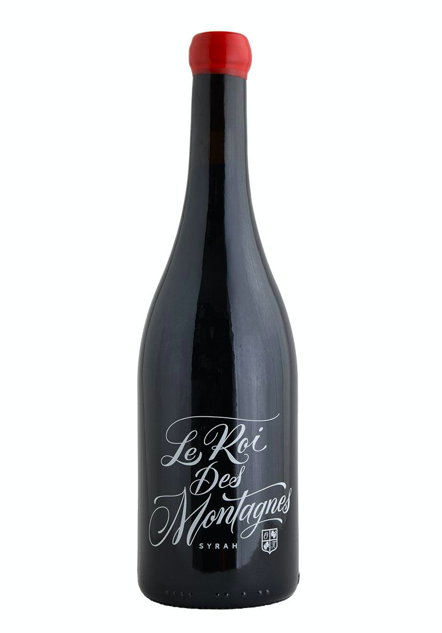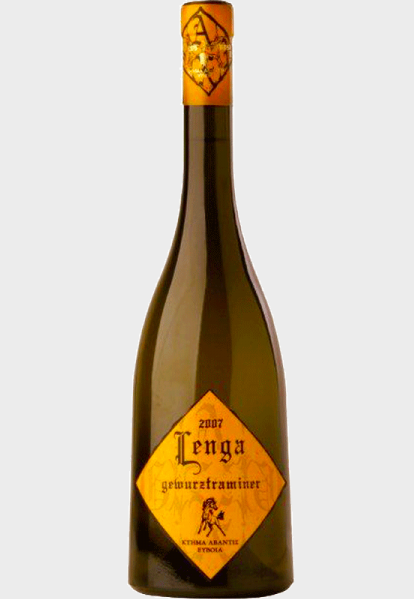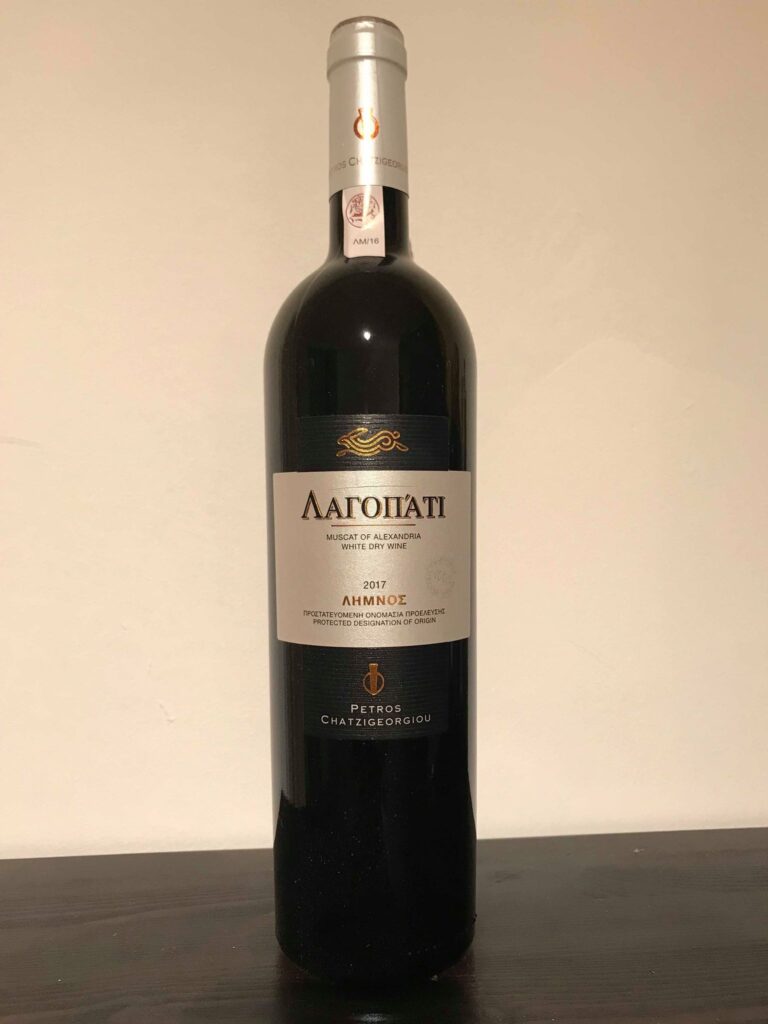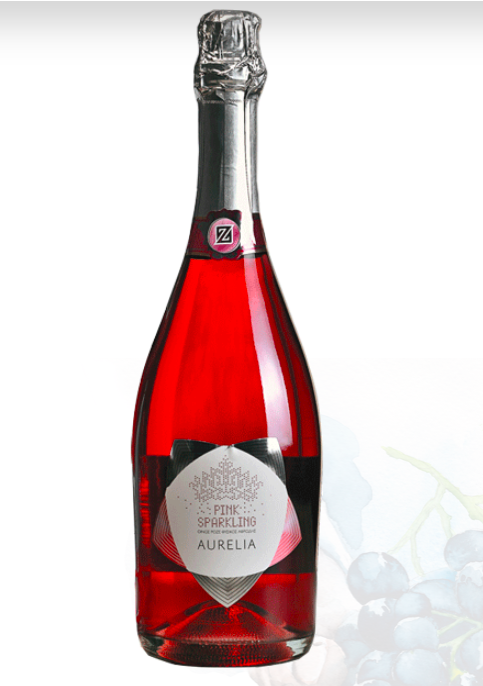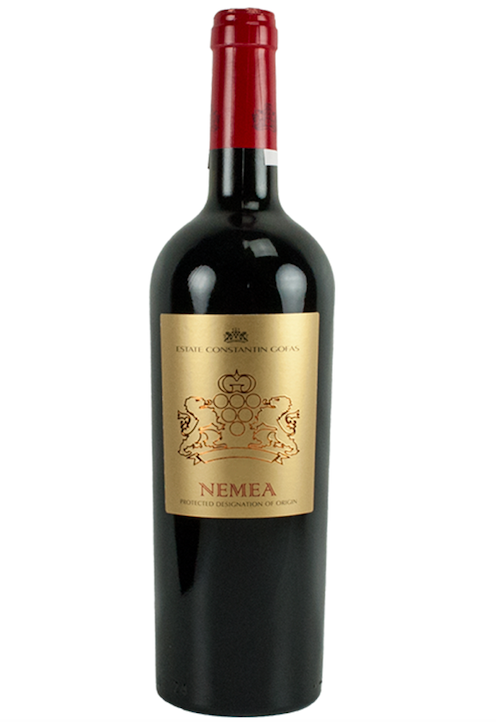Discover our wrap-up of Chania’s best new bakeries and pastry stores, featuring delightful combinations of traditional Cretan flavours and internationally loved sweets.
Chania’s food scene has never been better. Strolling through the city’s pretty cobble-stoned streets you’ll come across beautiful display cases of freshly baked buttery croissants, lush dulche de lèche, and glorious galaktboureko – just to name a few!
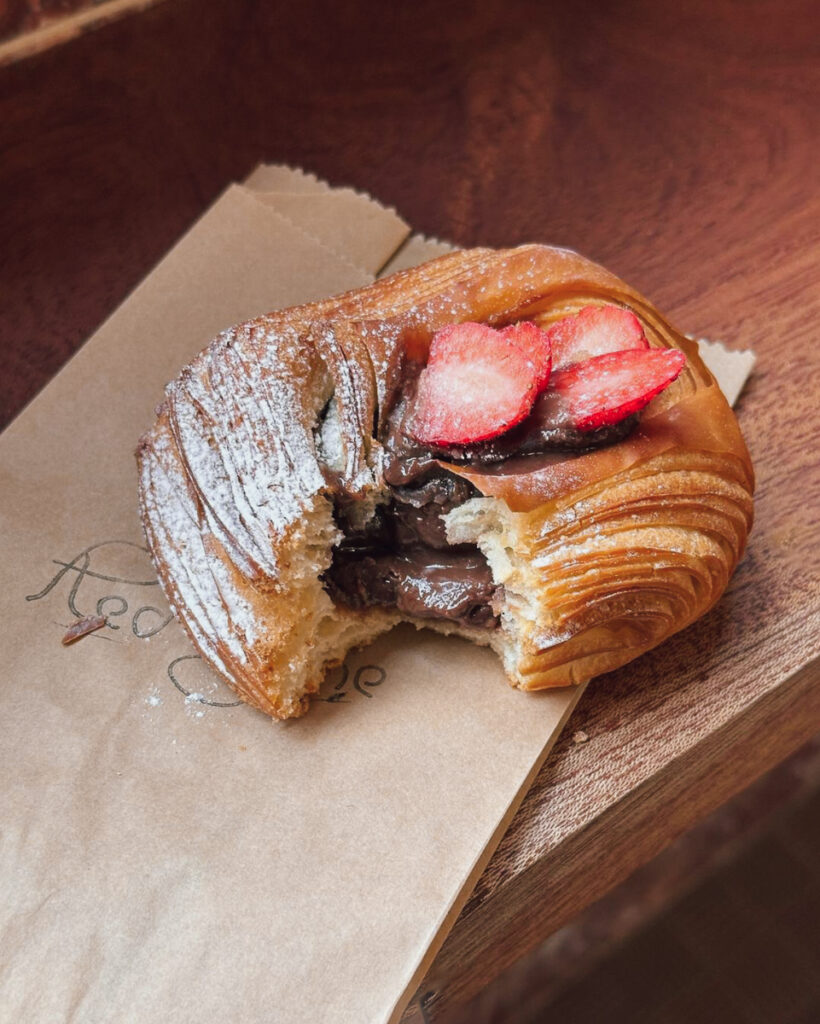
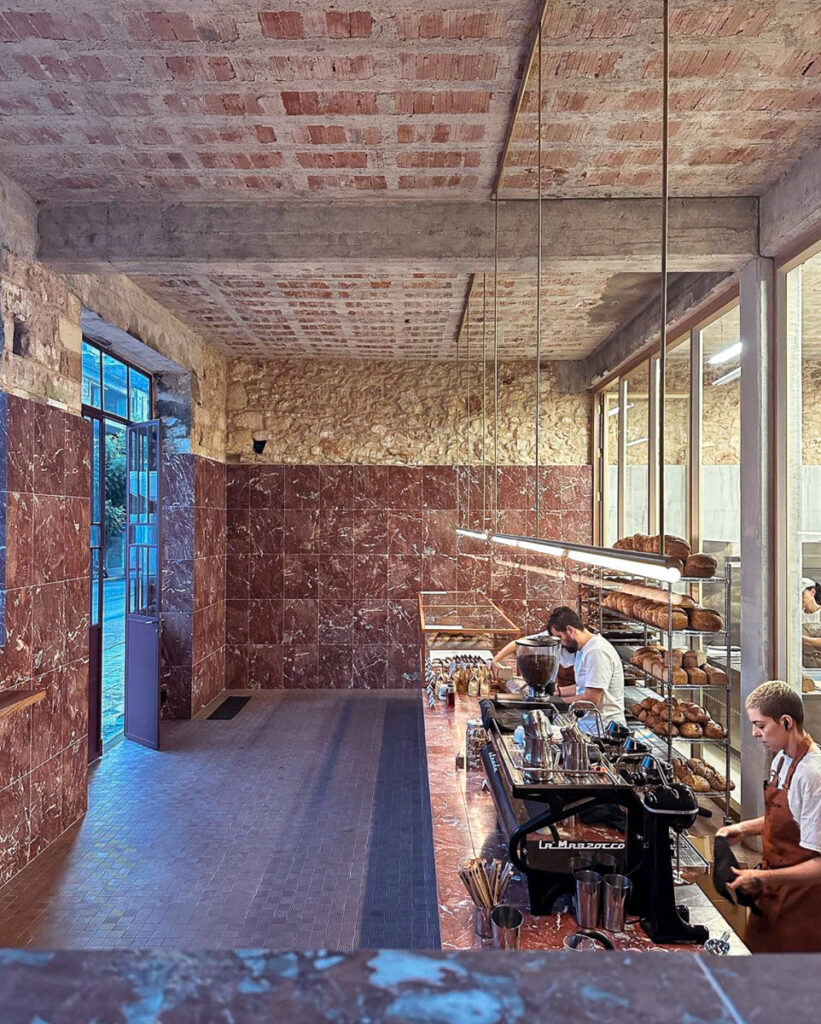
Red Jane Bakery
One of the best ways to start the day is by heading downtown to Red Jane, a wonderful new bakery featuring Italian tiles, a long red marble counter, and an exposed brick ceiling. Here you’ll find a great range of treats, from chocolate-filled croissants and mascarpone cream and blueberry Danish to the ultimate egg sandwich with chorizo, caramelized onions, rúcula and Greek truffle Graviera from a local cheese producer. Tip: try the signature tiropita (cheese pie) featuring flaky pâte feuilletée and a filling that combines Greek Feta, goat graviera and Italian ricotta!
A: Kidonias 101, Chania
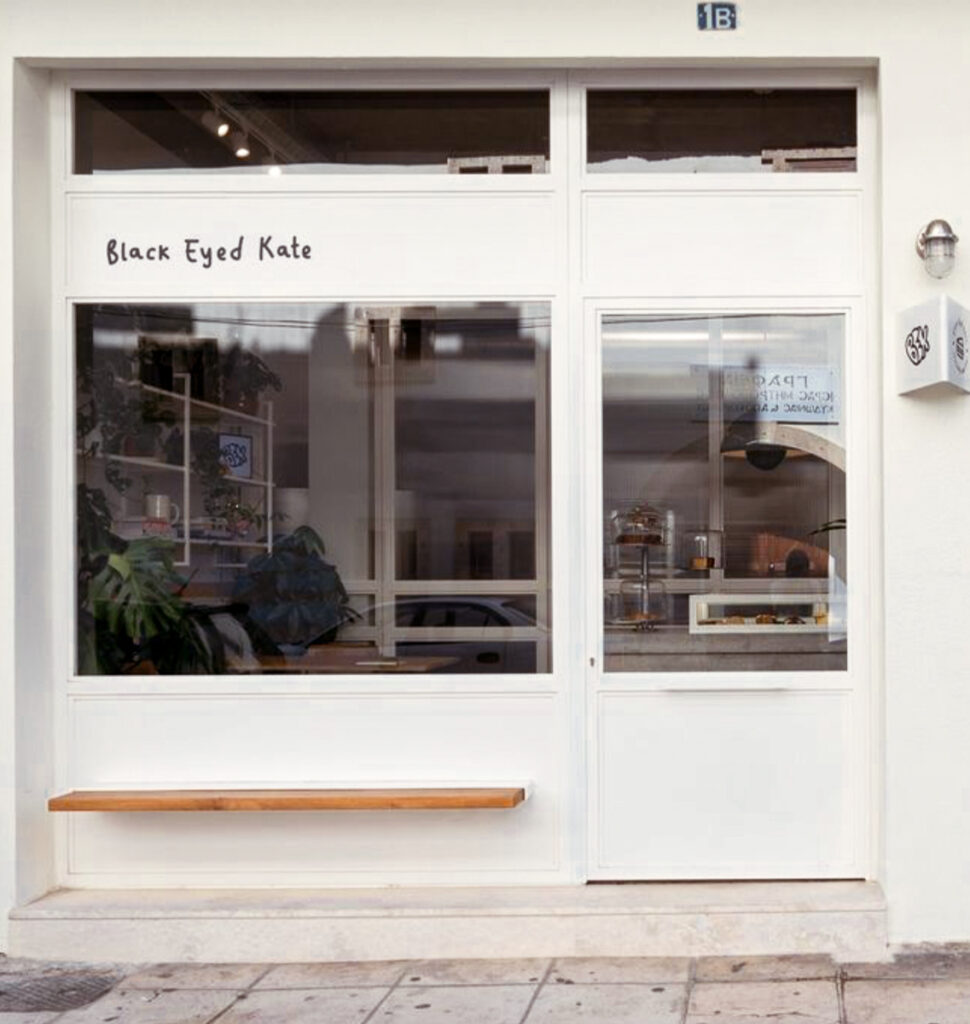

Black Eyed Kate
Psychologist turned pastry chef (yes you read that right) Katerina Mavromataki has opened a cool and cozy little cake store in the centre of town. Featuring two wooden benches out the front, make sure to take a seat and enjoy a slice of lemon (from her garden) polenta cake with fresh almonds, the glaze lamington (a local favourite), Kate’s signature carrot cake (with fresh nuts and spices), or a perfectly made mini pastel de nata. Tip: if you are after something a little more traditional, try the halva, a sweetly satisfying vegan semolina cake.
A: Antoniou Giannari 1B, Chania


Sketi Glyka
Having launched its first store in 2013 in Chania’s Old Town, Sketi Glika, one of the city’s most-loved patisseries recently opened its second location in the Lentariana neighbourhood where you can grab a dessert and coffee on the go! Whether you are looking for the ultimate sweet breakfast or a perfect afternoon sugar hit – here you’ll find some of the most delicious desserts including a buttery sablé biscuit topped with a crème montée and fresh figs, or their interpretation of galaktoboureko- layers of golden brown crispy phyllo, sprinkled with melted butter, then filled with creamy semolina custard and bathed in a fragrant scented syrup. Tip: it’s open till 11 pm each night, so you can even get here for a late treat!
A: 63 Vrison, Chania
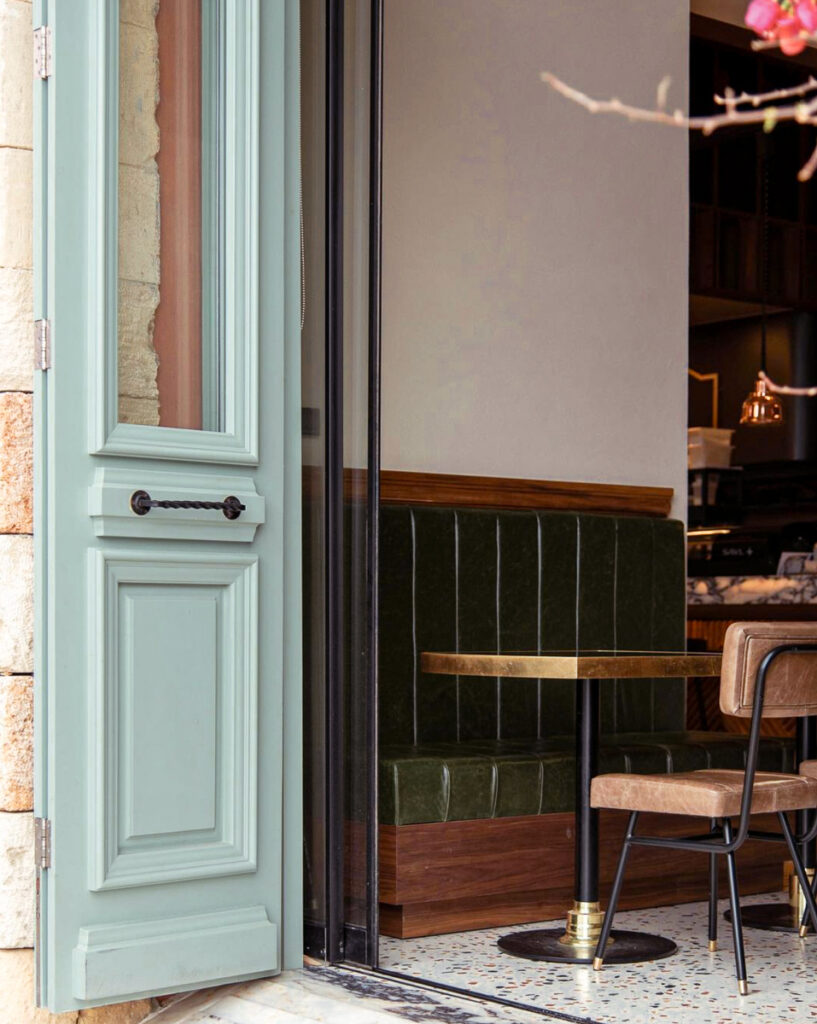
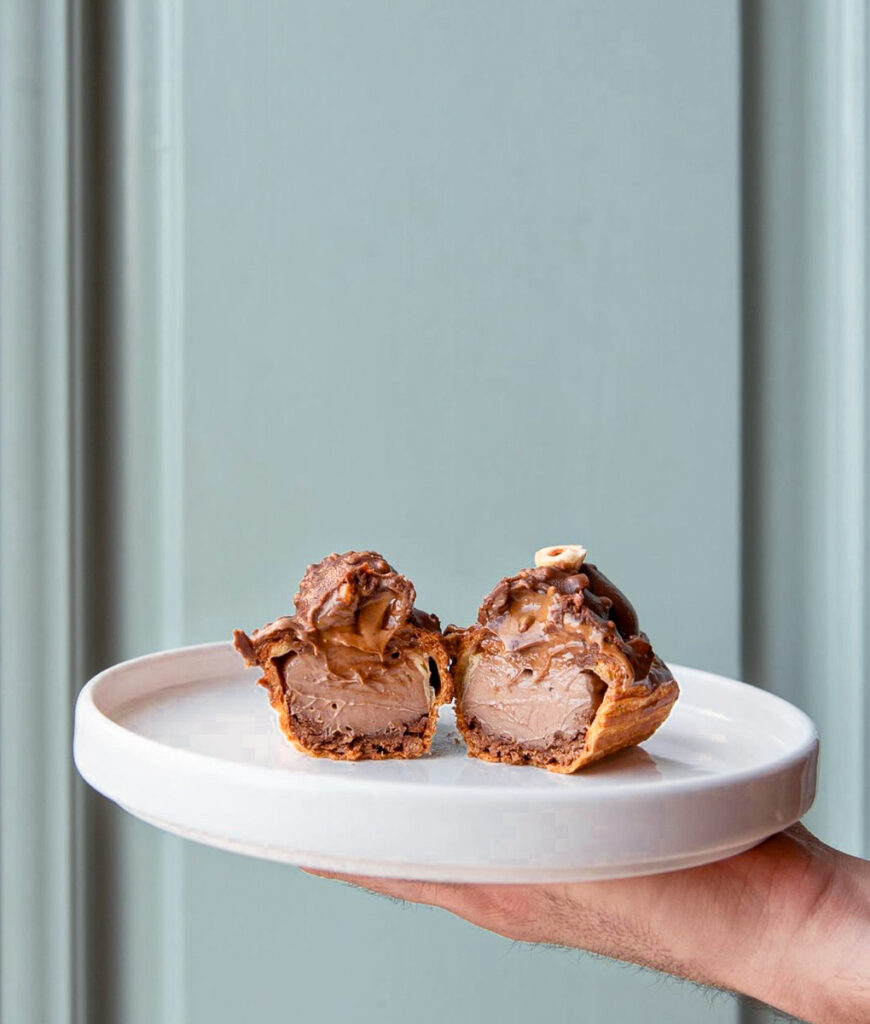
Pallas Philocaly
Located on the historic waterfront of Chania’s Old Town, this gourmet food store featuring a beautiful bakery, delicatessen, and wine cellar all under one roof is set in a striking 1900s neoclassical building. The store is divided into sections and includes a grand marble display that’s always loaded with delicious creations both sweet and savoury. The bakery specialises in croissants, pastries, pies, pralines, eclairs, and tarts that are handmade daily. Tip: for savoury try the spinach and cheese pie with feta and mizithra from Chania, then for something sweet, we recommend the decadent chocolate eclair.
A: Akti Tompazi 14, Chania
Main Image courtesy of Black Eyed Kate


